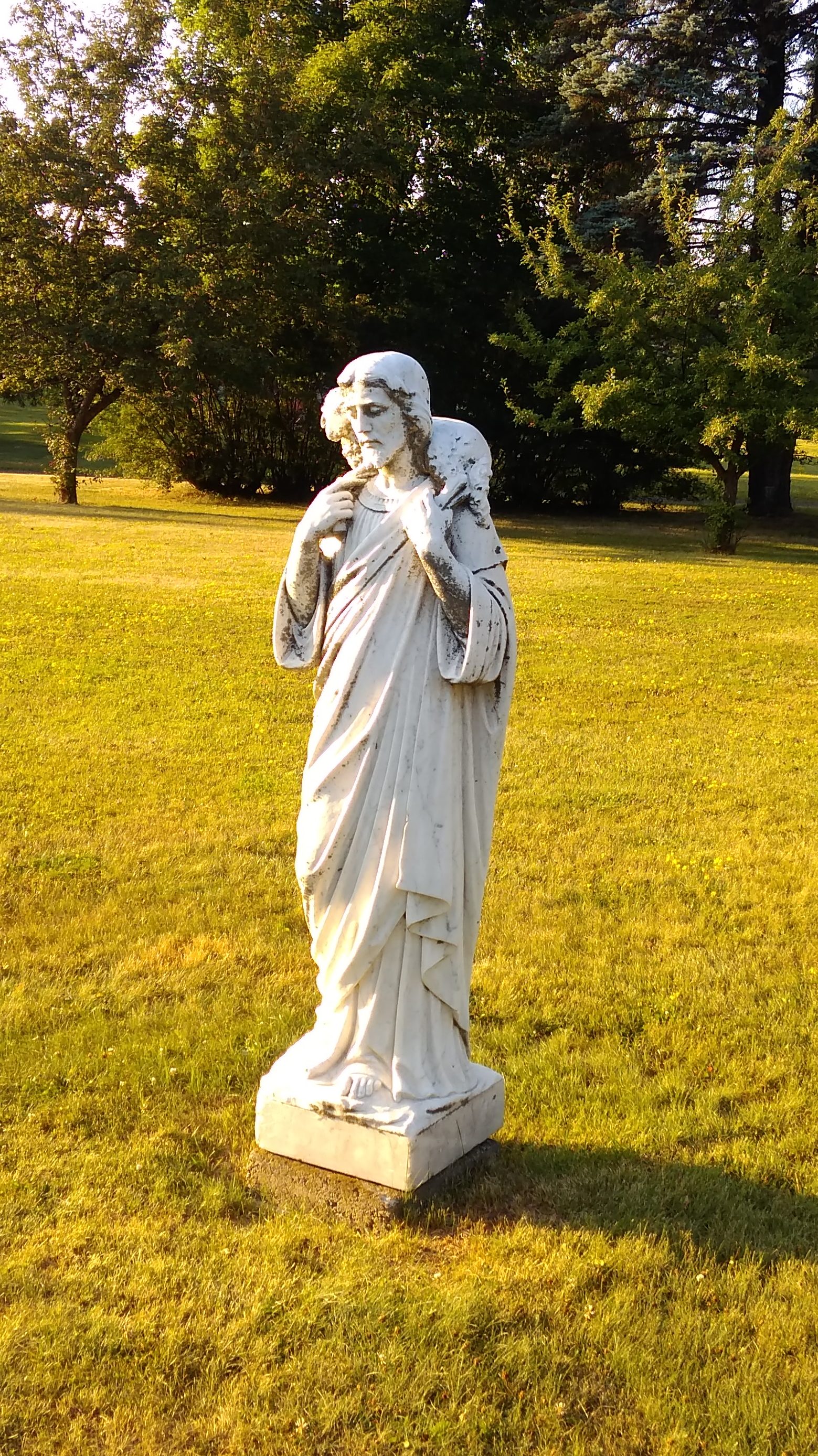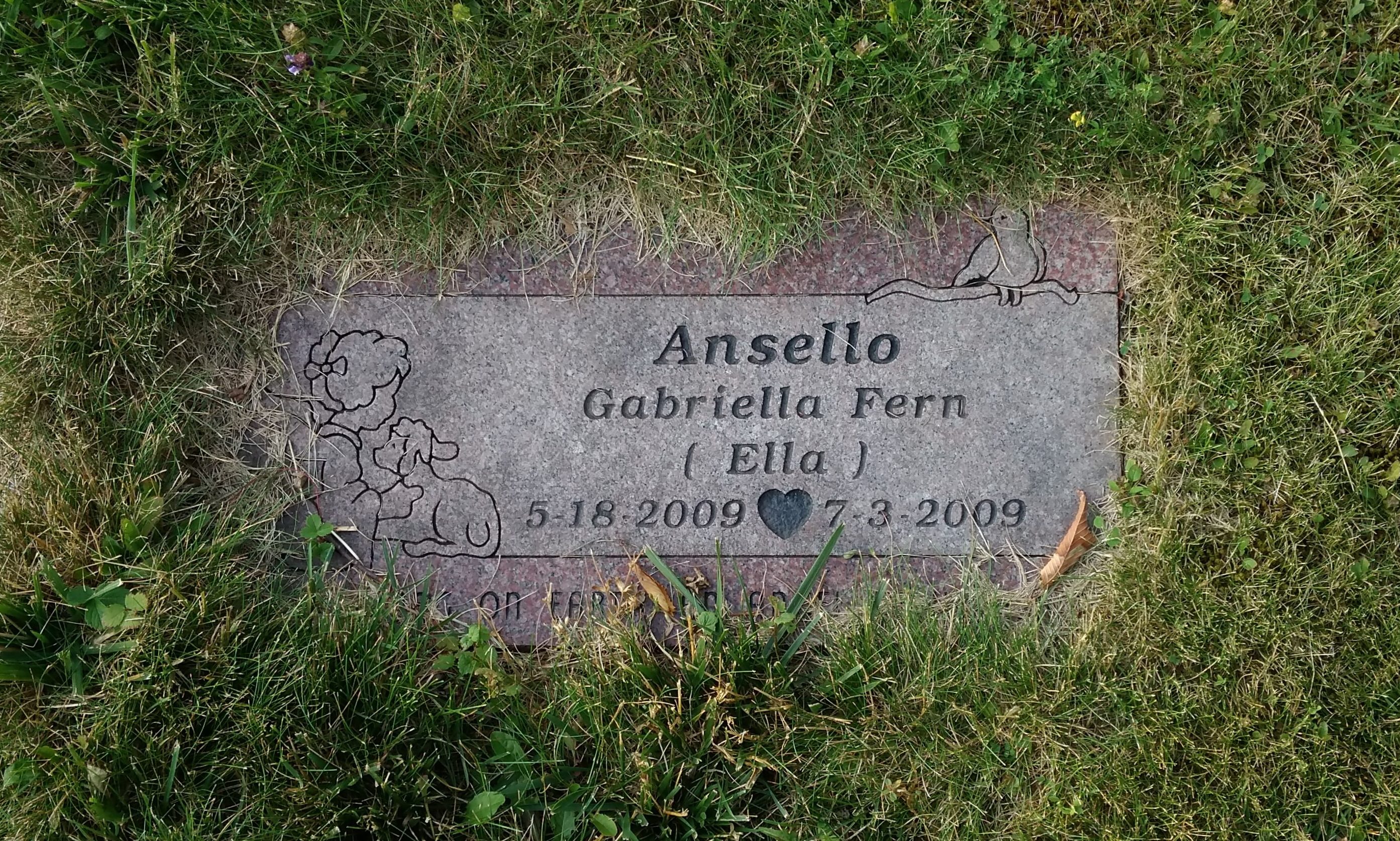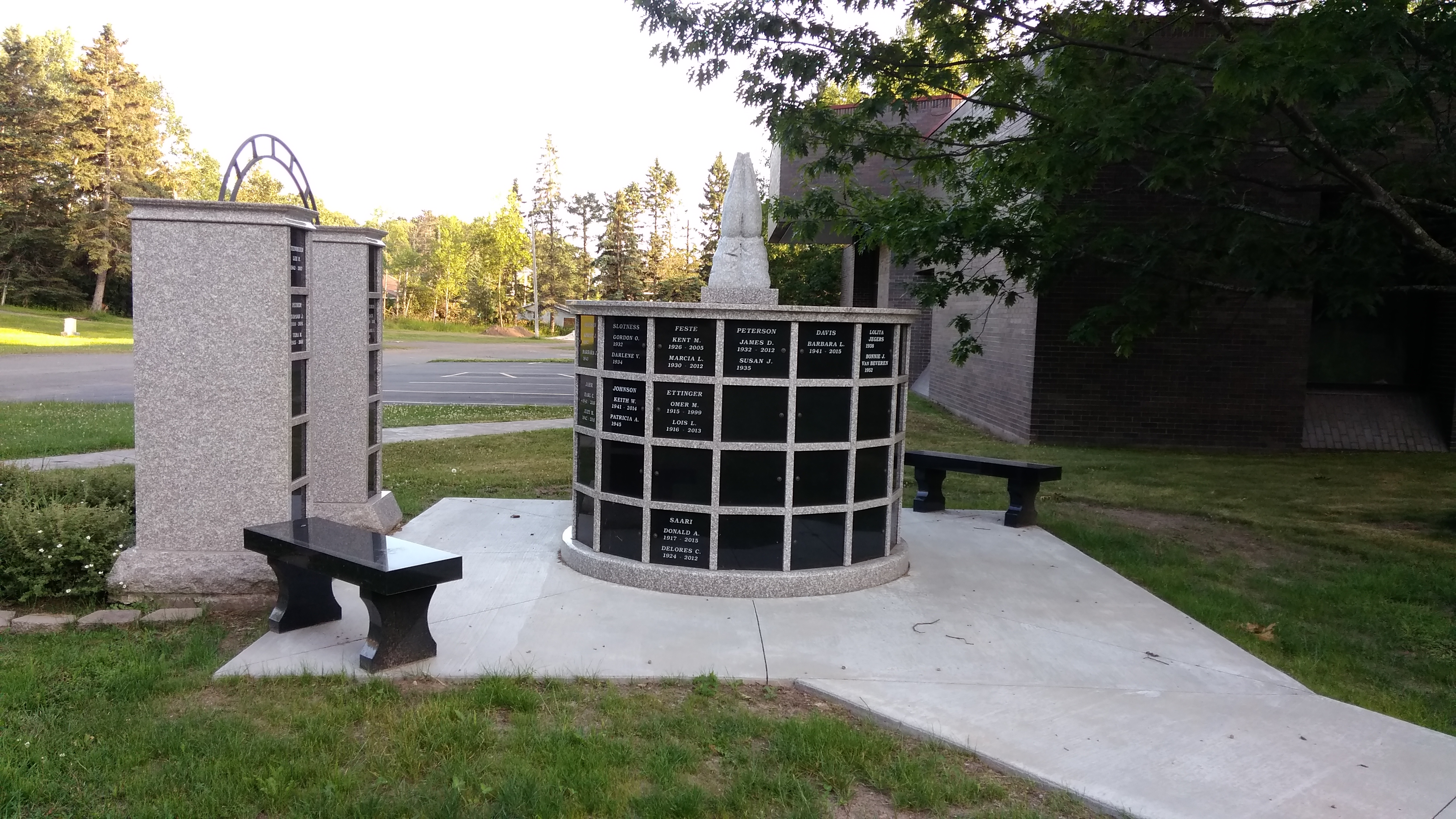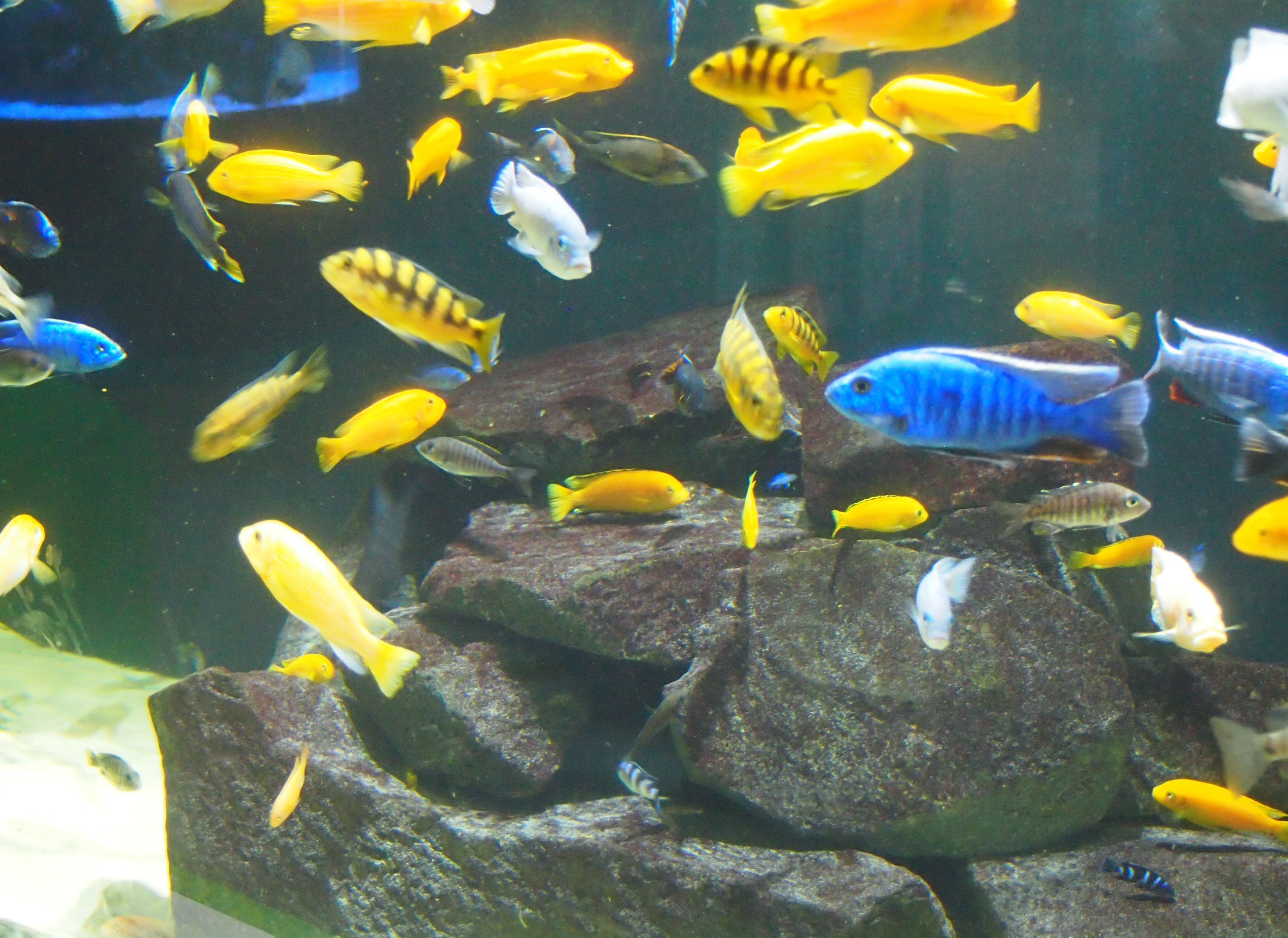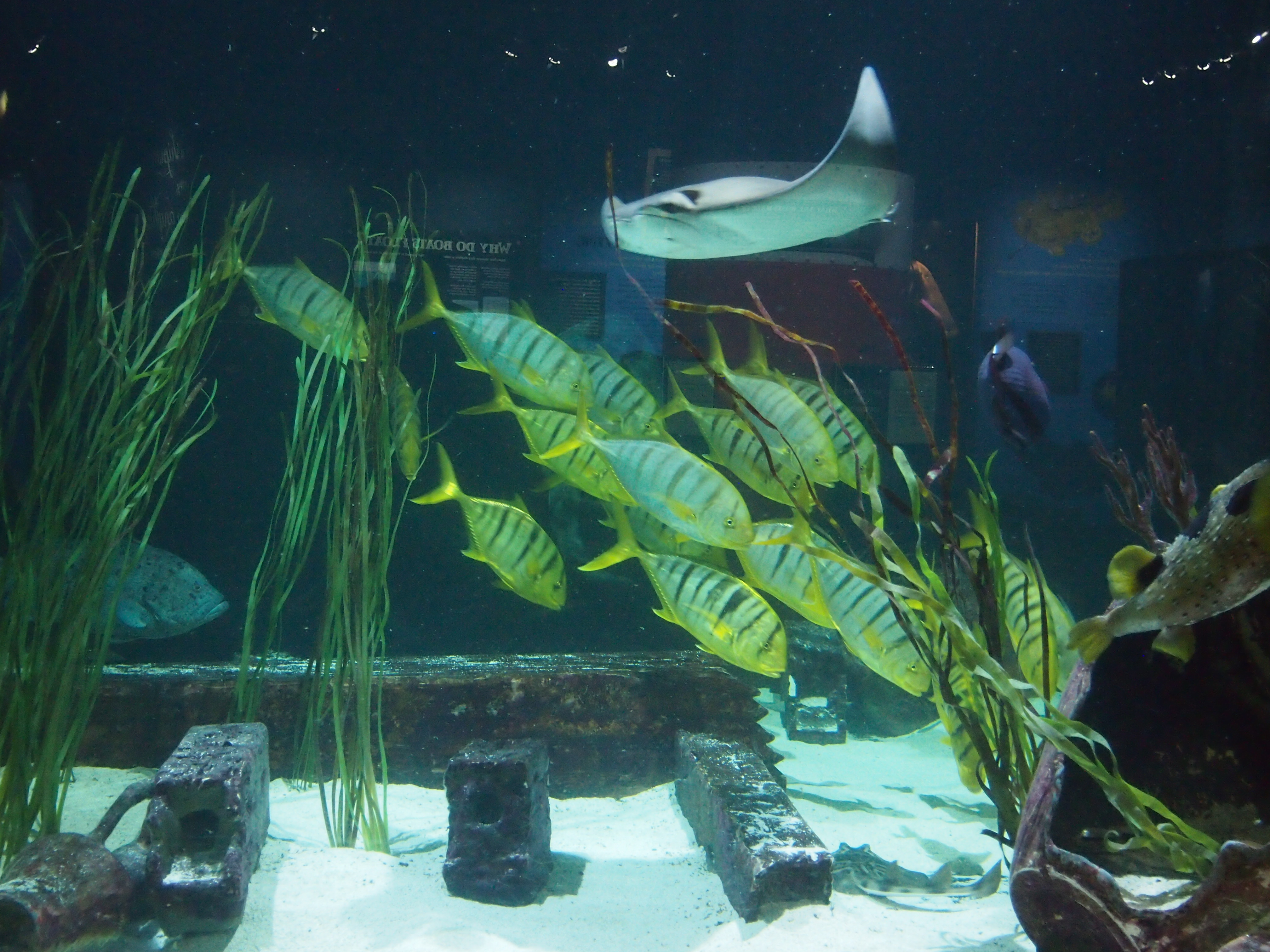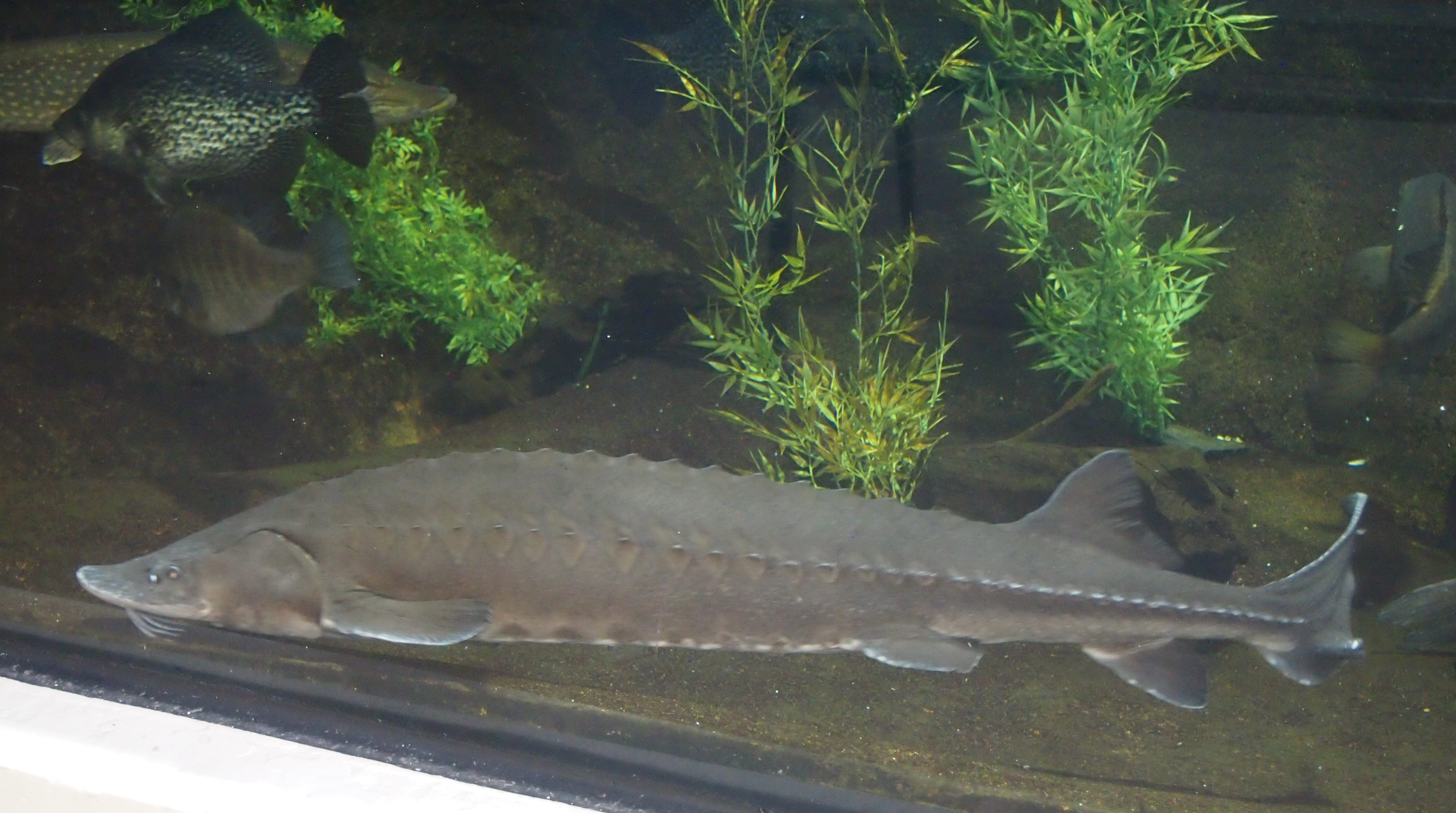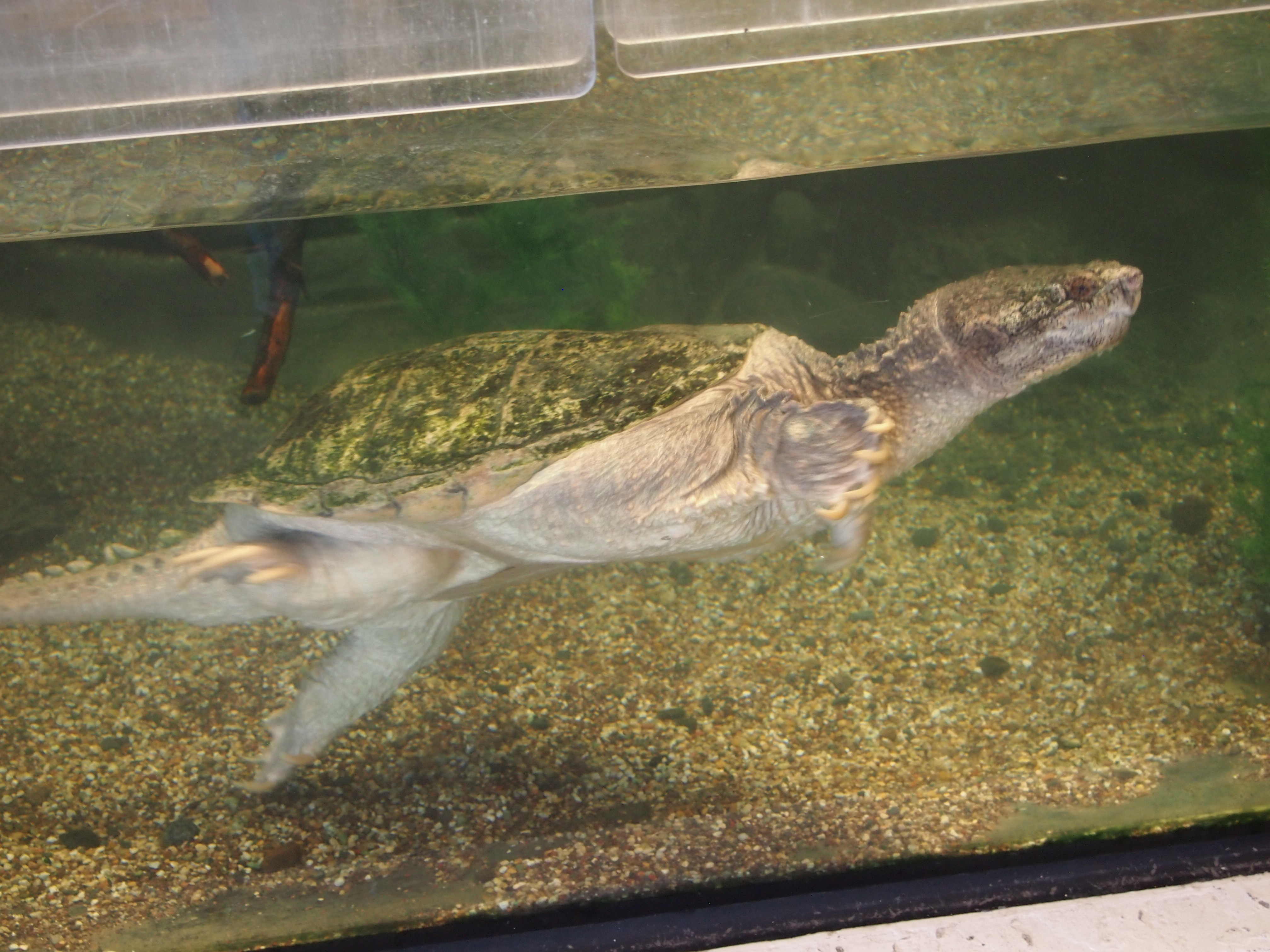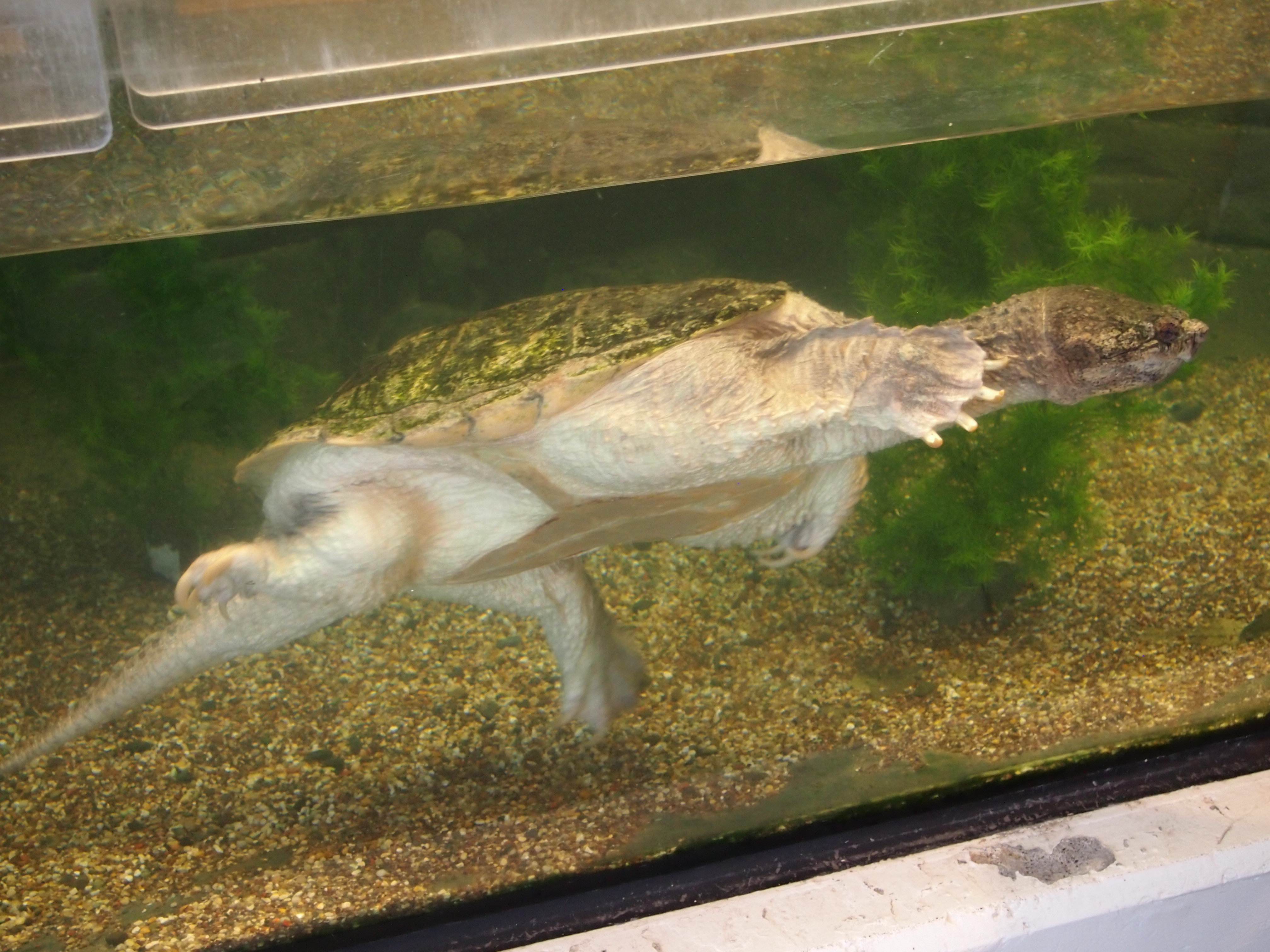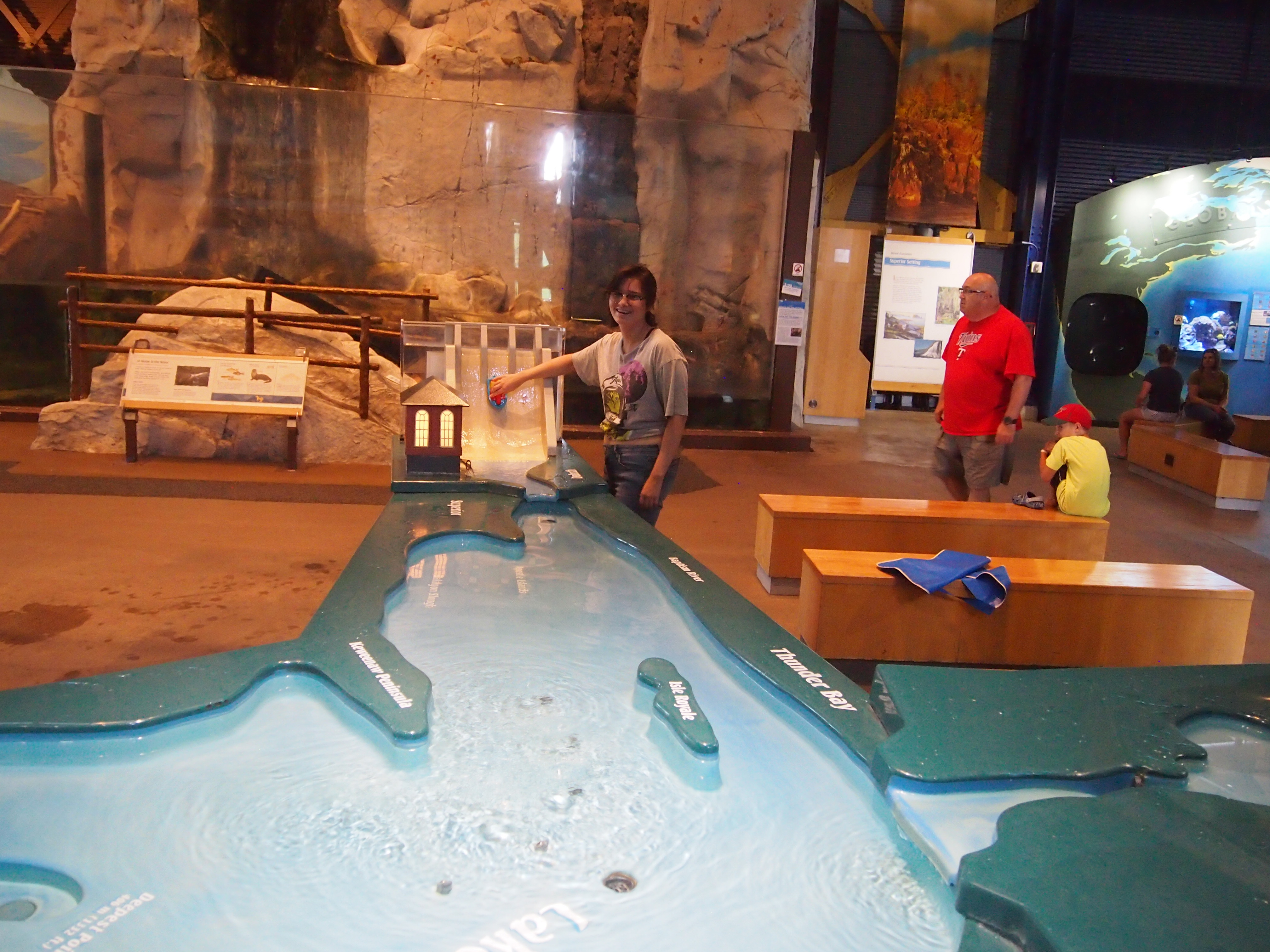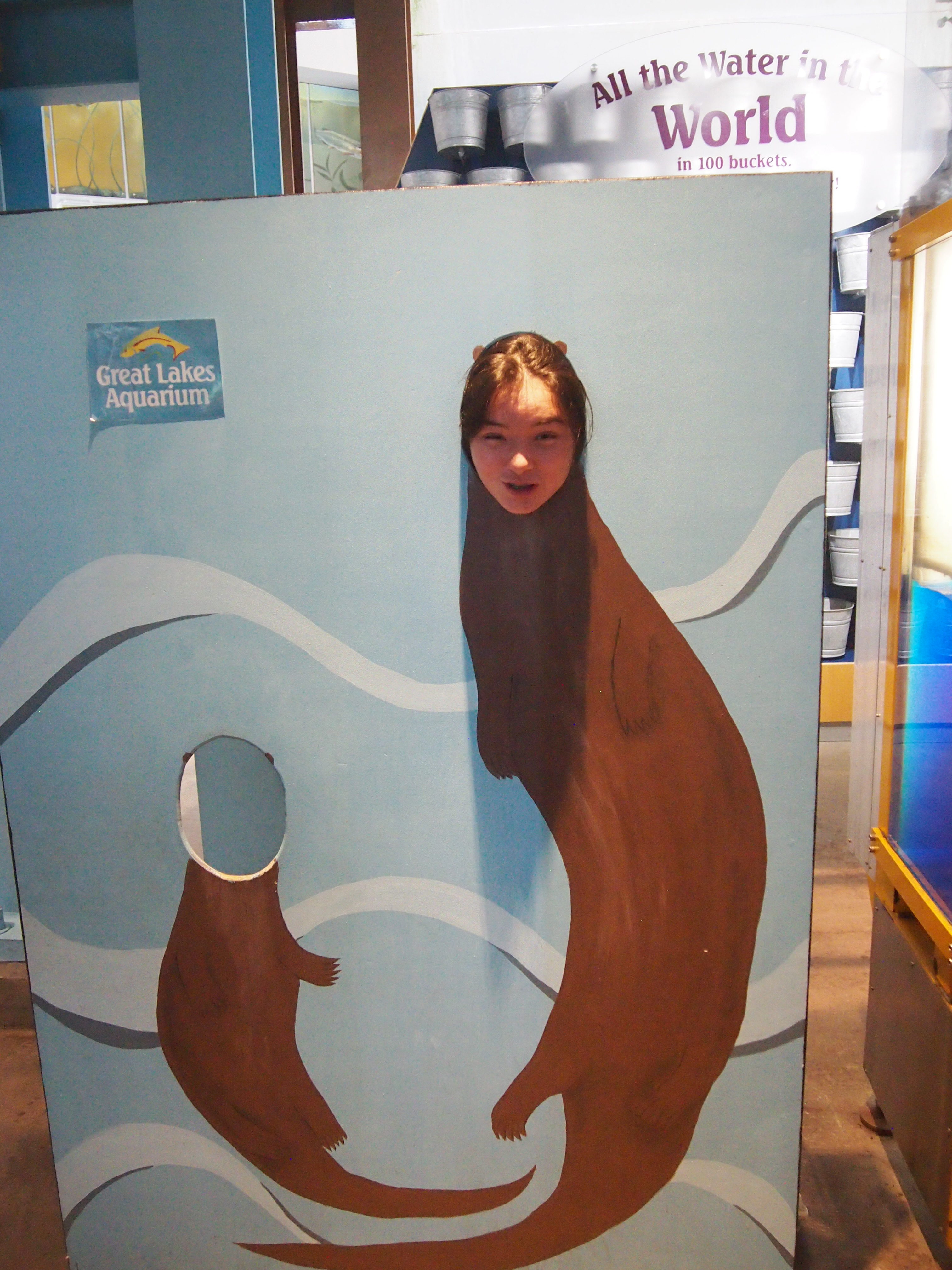So far since taking office, President Biden has proclaimed five new national monuments under the authority granted him by the Antiquities Act of 1906, including one only last week, with the lengthy name of Baaj Nwaavjo I’tah Kukveni – Ancestral Footprints of the Grand Canyon National Monument, which is in Arizona near the Grand Canyon. (For those keeping score, his immediate predecessor proclaimed five over four years.)
How can we keep up with all the new ones? For now, there are 133 national monuments, with more coming, I’ve read.
Grand Portage National Monument has been around a little longer. Longer than me, but not much, being one declared by President Eisenhower. It occupies land very near the tip of the arrowhead region of Minnesota, within a few miles of the Canadian border, which happens to the Pigeon River at that point.
I arrived fairly late in the afternoon of July 30. The U.S. flag, Minnesota and – what’s the other one?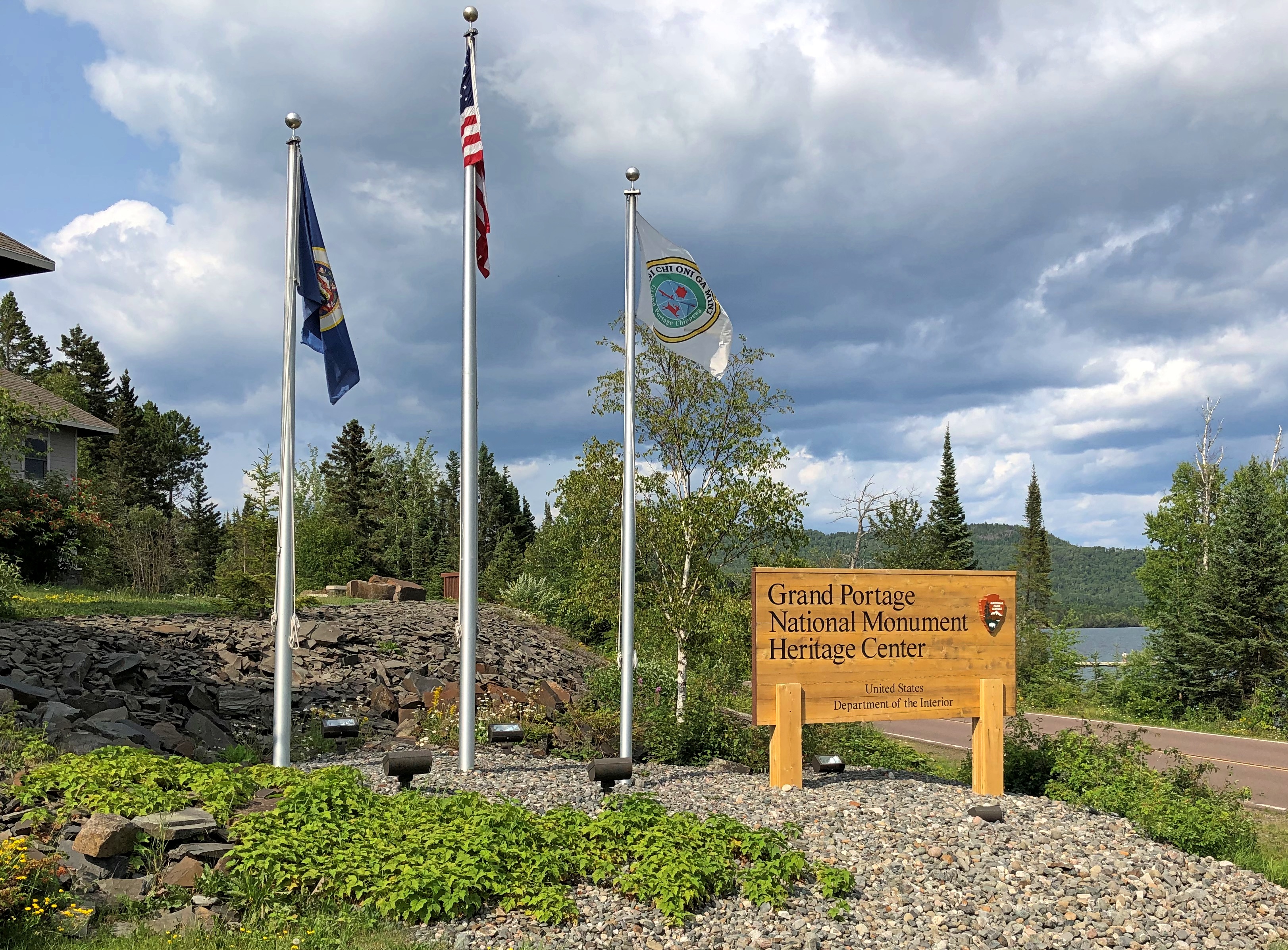
The flag of the Grand Portage Band of Chippewa; the national monument is entirely within their reservation. More about them is here. Gichi Onigaming = The Great Carrying Place.
 “Grand Portage was a fur-trade depot and route of the voyageurs at the western extremity [sic] of Lake Superior,” says the Canadian Encyclopedia. “It was the first and most strenuous of the 29 portages from Lake Superior west to Lac La Croix, requiring that each voyageur carry four loads of 80 kg over some 14 km of rocky trails around the cascades of the Pigeon River.
“Grand Portage was a fur-trade depot and route of the voyageurs at the western extremity [sic] of Lake Superior,” says the Canadian Encyclopedia. “It was the first and most strenuous of the 29 portages from Lake Superior west to Lac La Croix, requiring that each voyageur carry four loads of 80 kg over some 14 km of rocky trails around the cascades of the Pigeon River.
“The North West Co. (NWC) established an extensive post at the mouth of the river, which by 1784 was the wilderness capital of the fur trade, providing a meeting place for the voyageurs bringing supplies from Montréal (porkeaters) and the traders bringing furs from the North West (winterers). Within the post, which was protected by a 5-m high palisade, reinforced with a bastion and a heavy gate, were the Great Hall, living quarters, shops, warehouses and a stone powder magazine.”
The NWC packed up and left after it was finally determined that, according to the Jay Treaty of 1794, the site was in the United States rather than British North America, though it took some time for the company to actually leave (1802). In more recent times, the United States reconstructed the Grand Hall and the wooden palisades.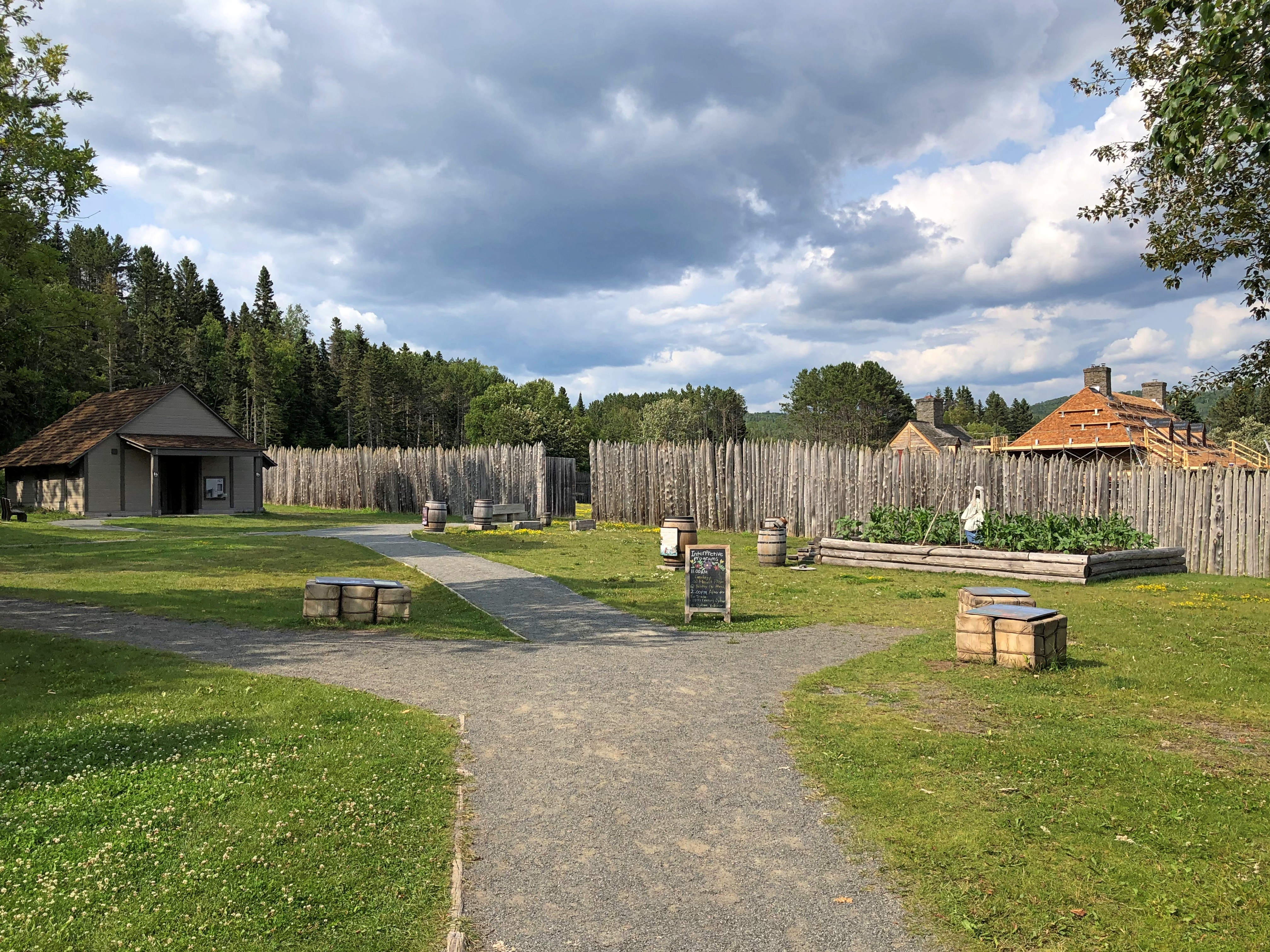
Along with Native structures of the period outside the palisade.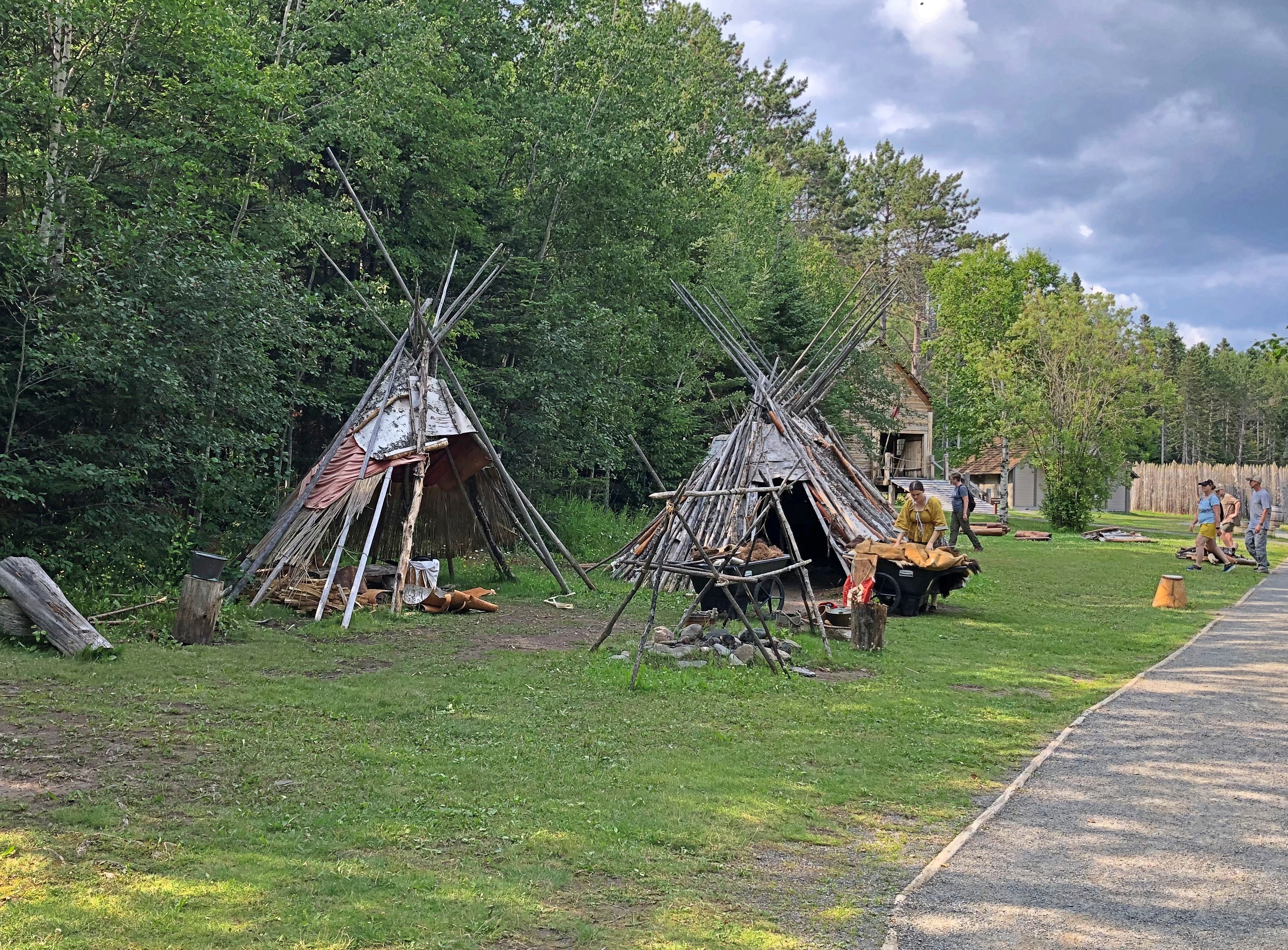
Inside the palisade, work still seems to be under way, or at least renovation. The Great Hall wasn’t open.

The North West Co. flag still flies. 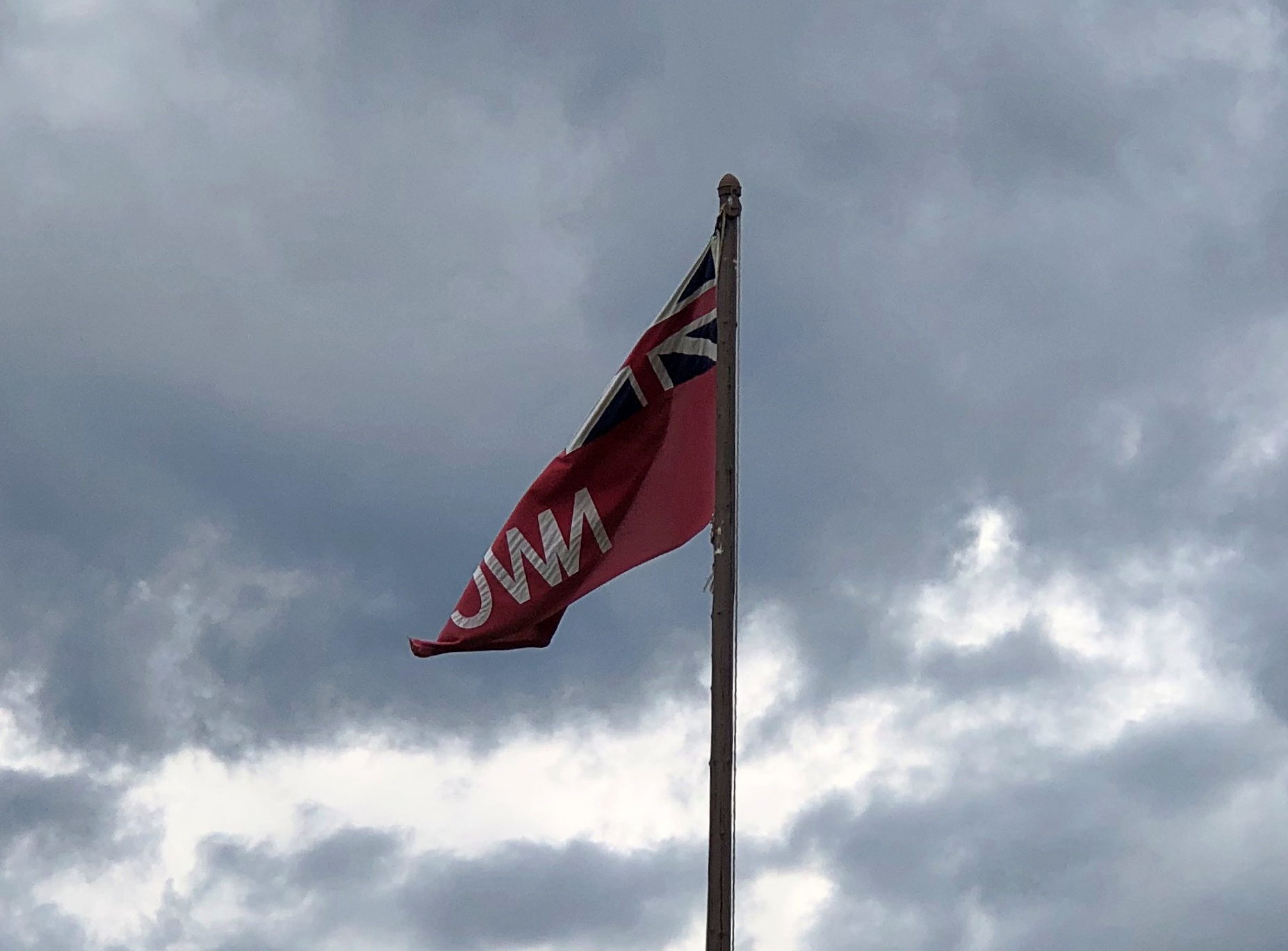
As you’d expect, the Great Hall faces Grand Portage Bay. Once upon a time, it was a busy place in the short northern summers. Now, not so much.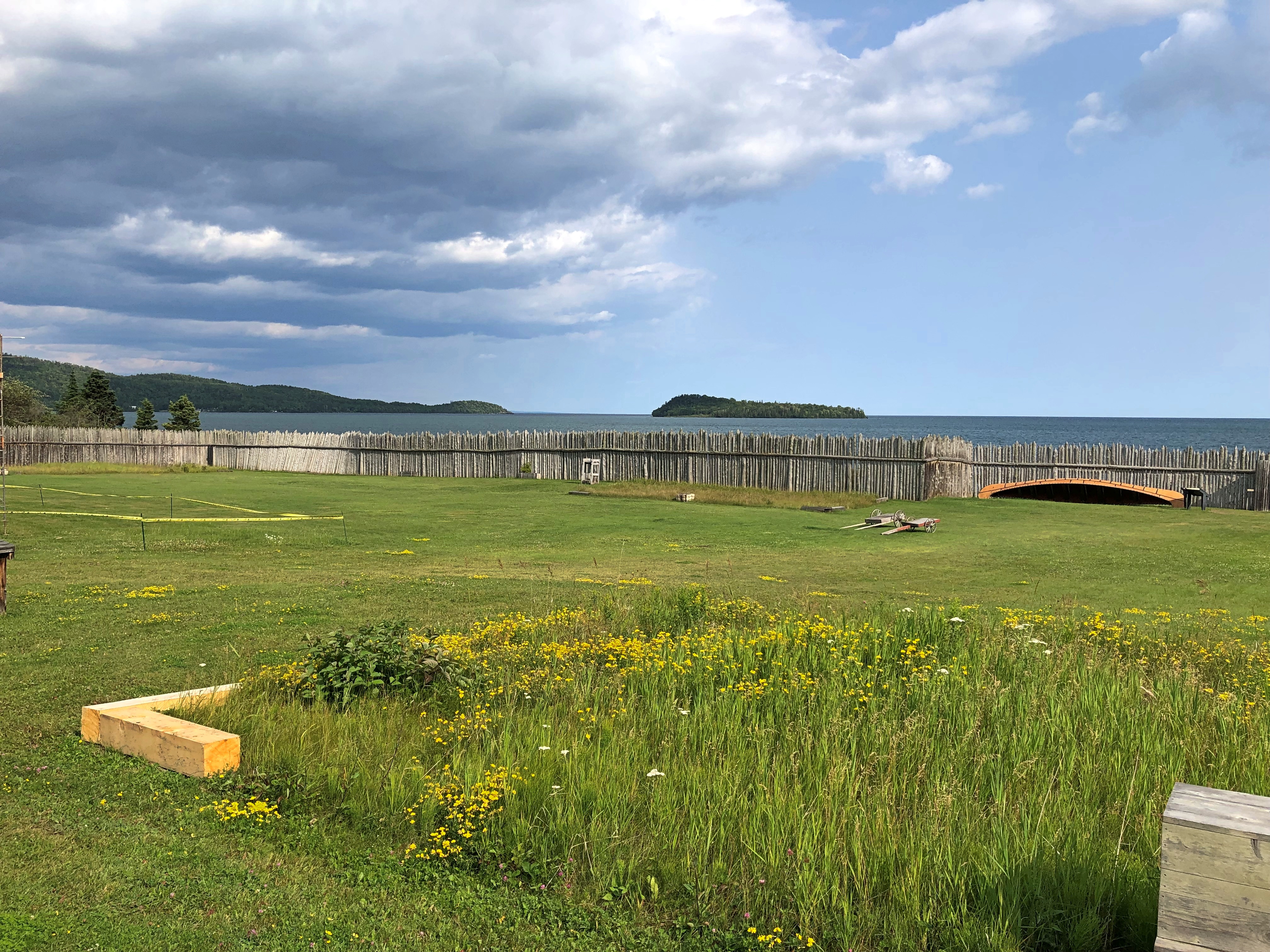

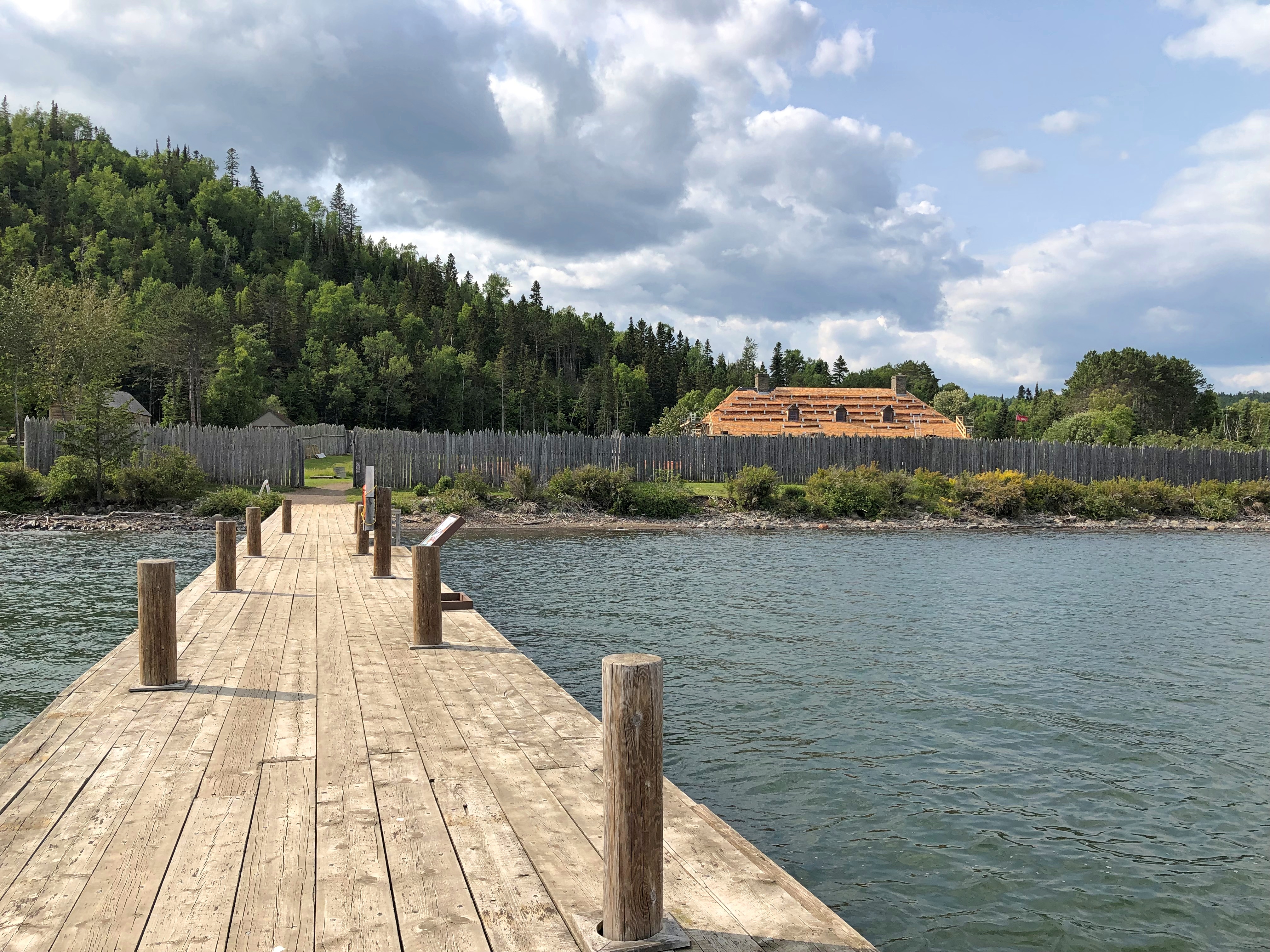
Another view of Grand Portage Bay from the edge of the national monument.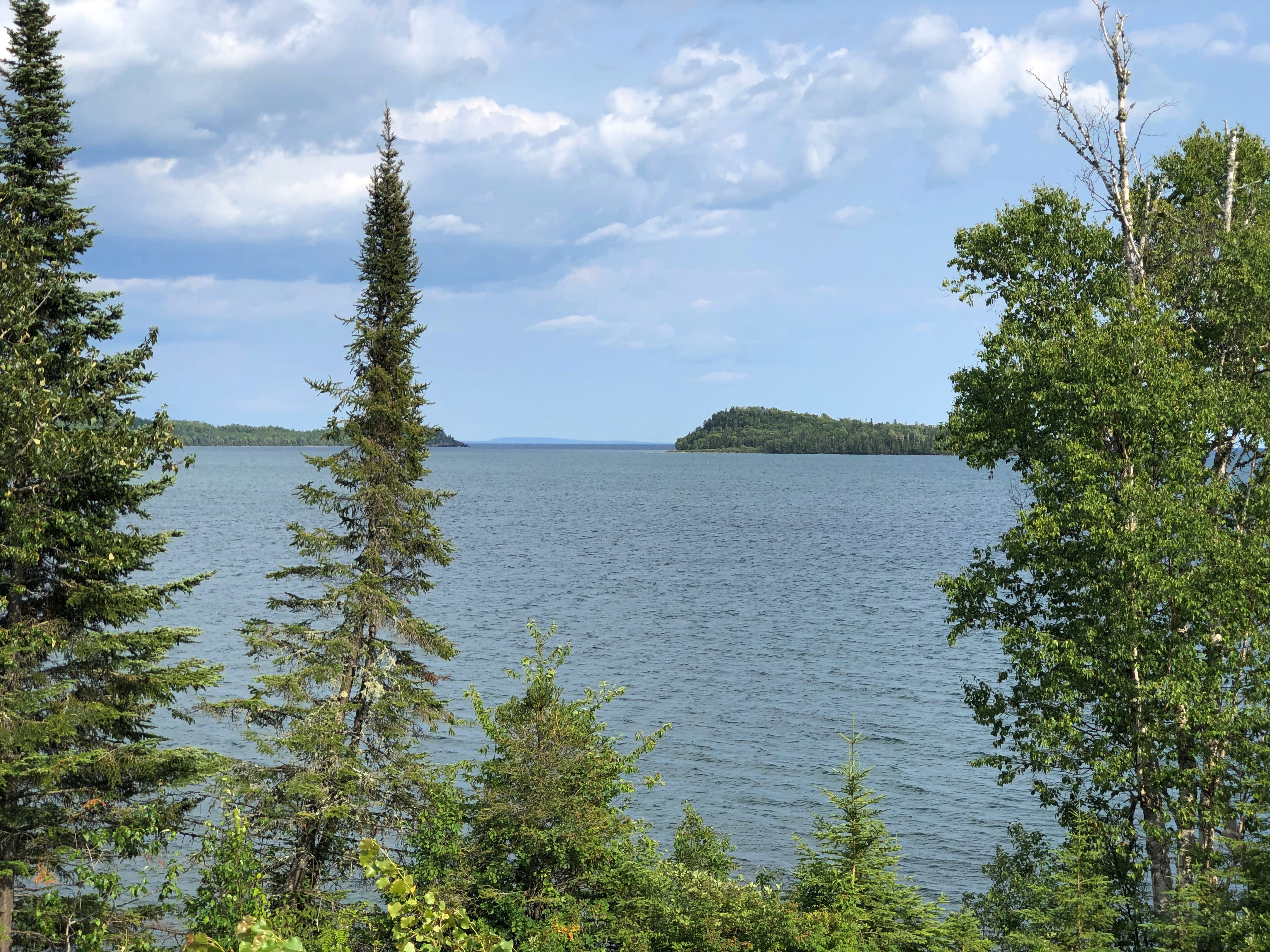
Way off in the distance – though not really that far, about 20 miles – is Isle Royale National Park, a large island in Lake Superior, which was more distinct with the naked eye than in the digital image.
Still, I was a little surprised that it is visible at all. Except for some of the Alaskan properties, it’s pretty much the definition of remote among national parks, with only a few more than 25,400 visitors in 2022, according to the NPS. The fifth-least visited park in the system.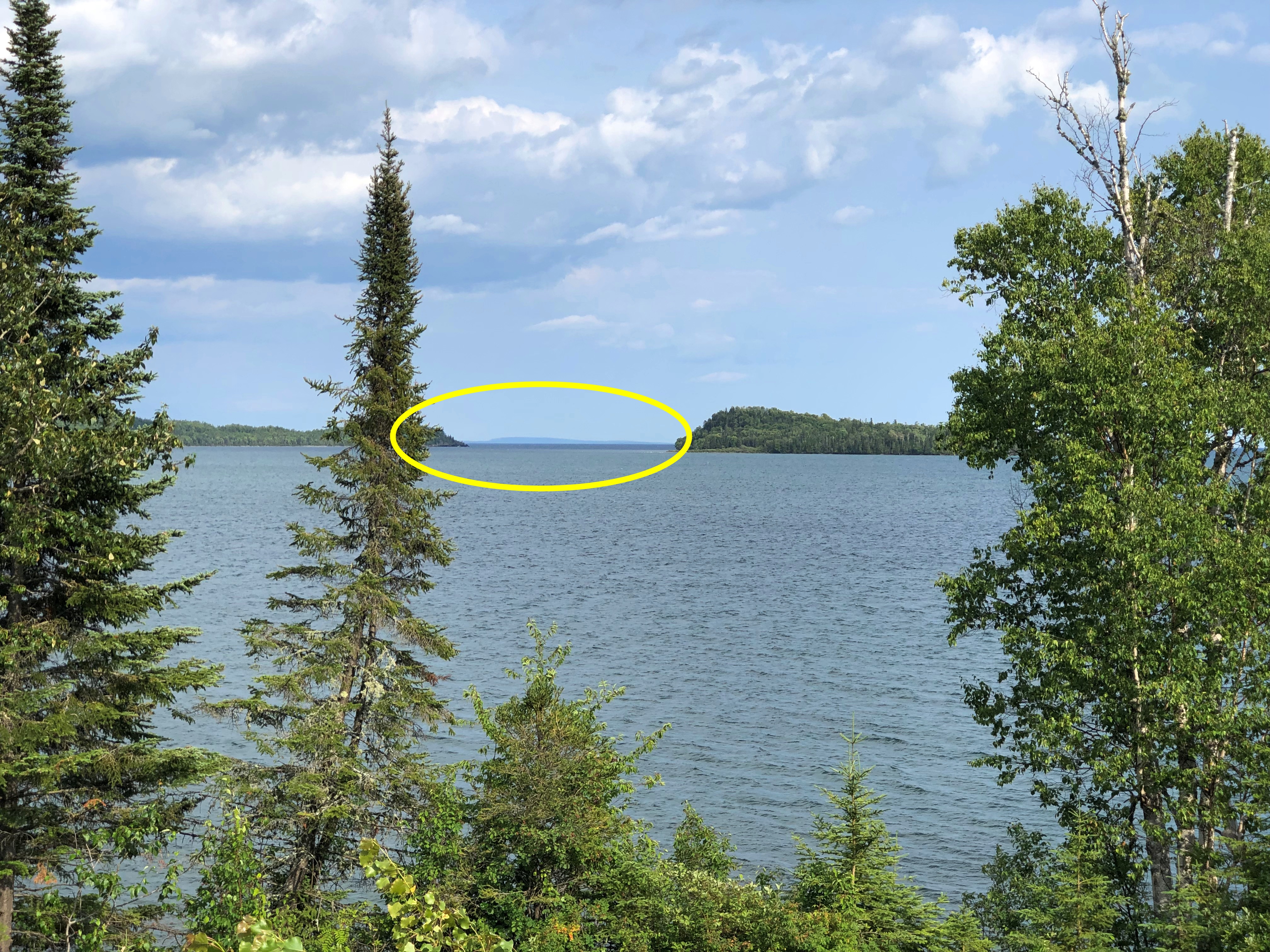
Since getting there and staying there is an involved process, I couldn’t make Isle Royale work logistically as a destination. This time.
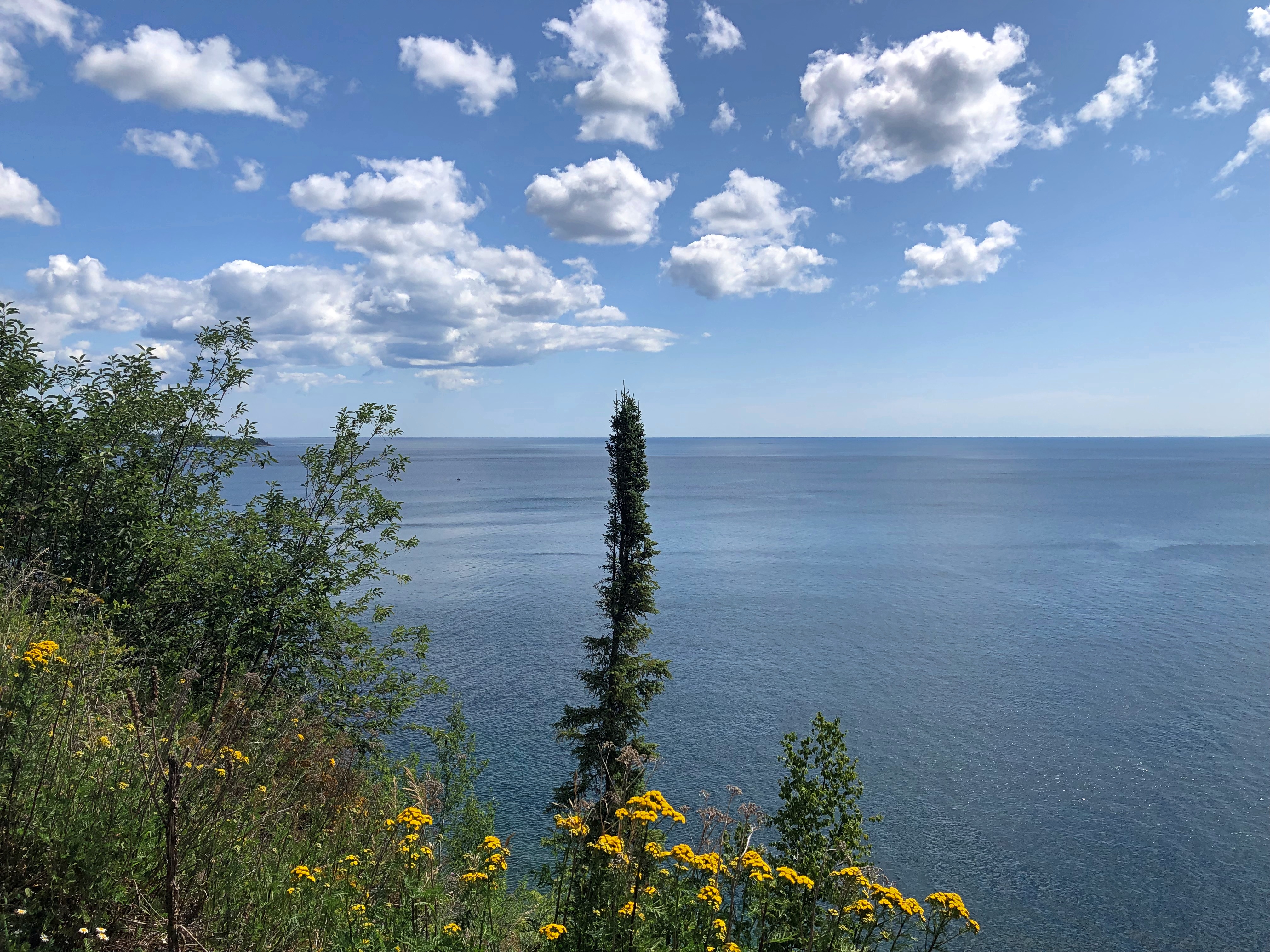

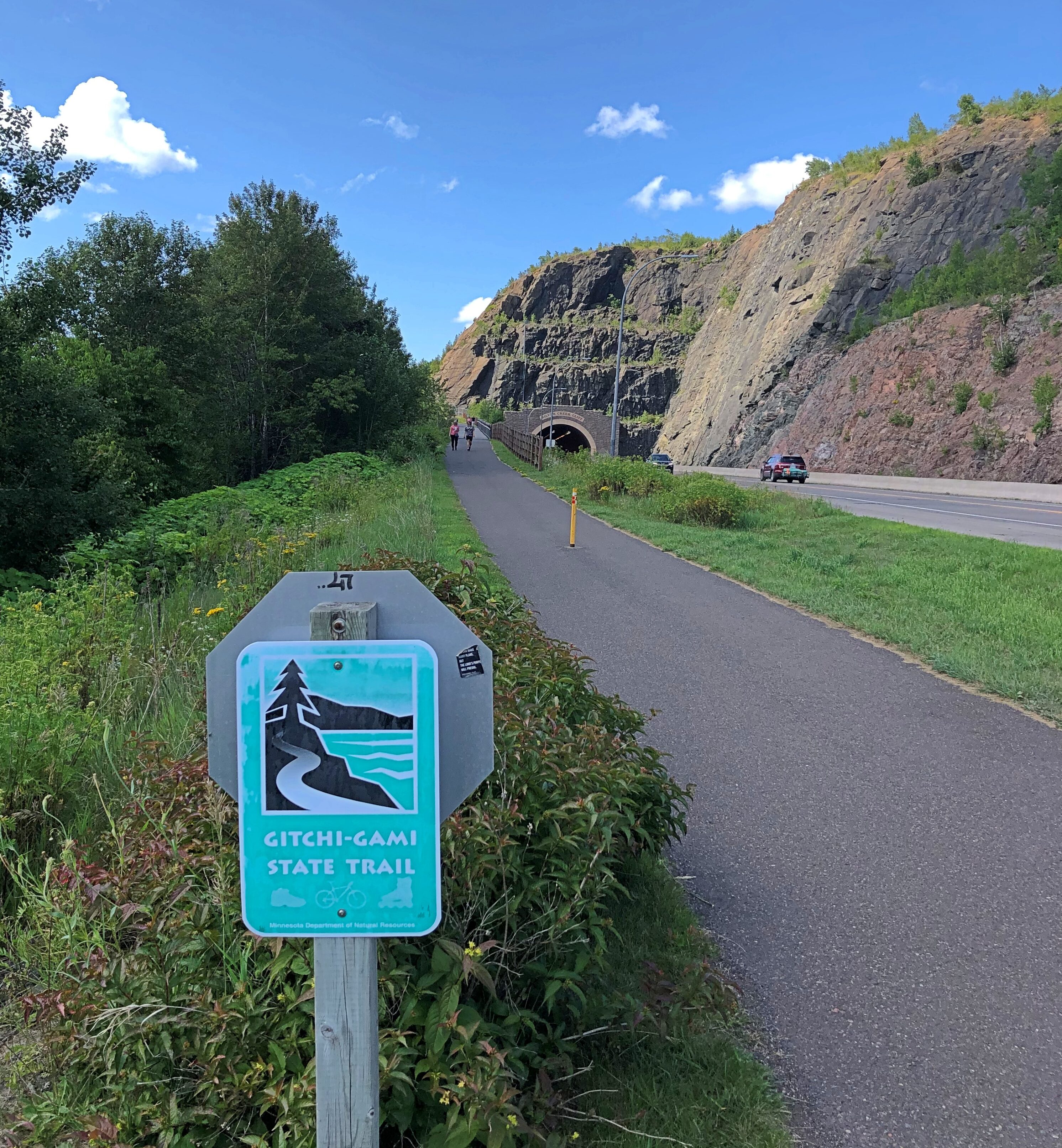

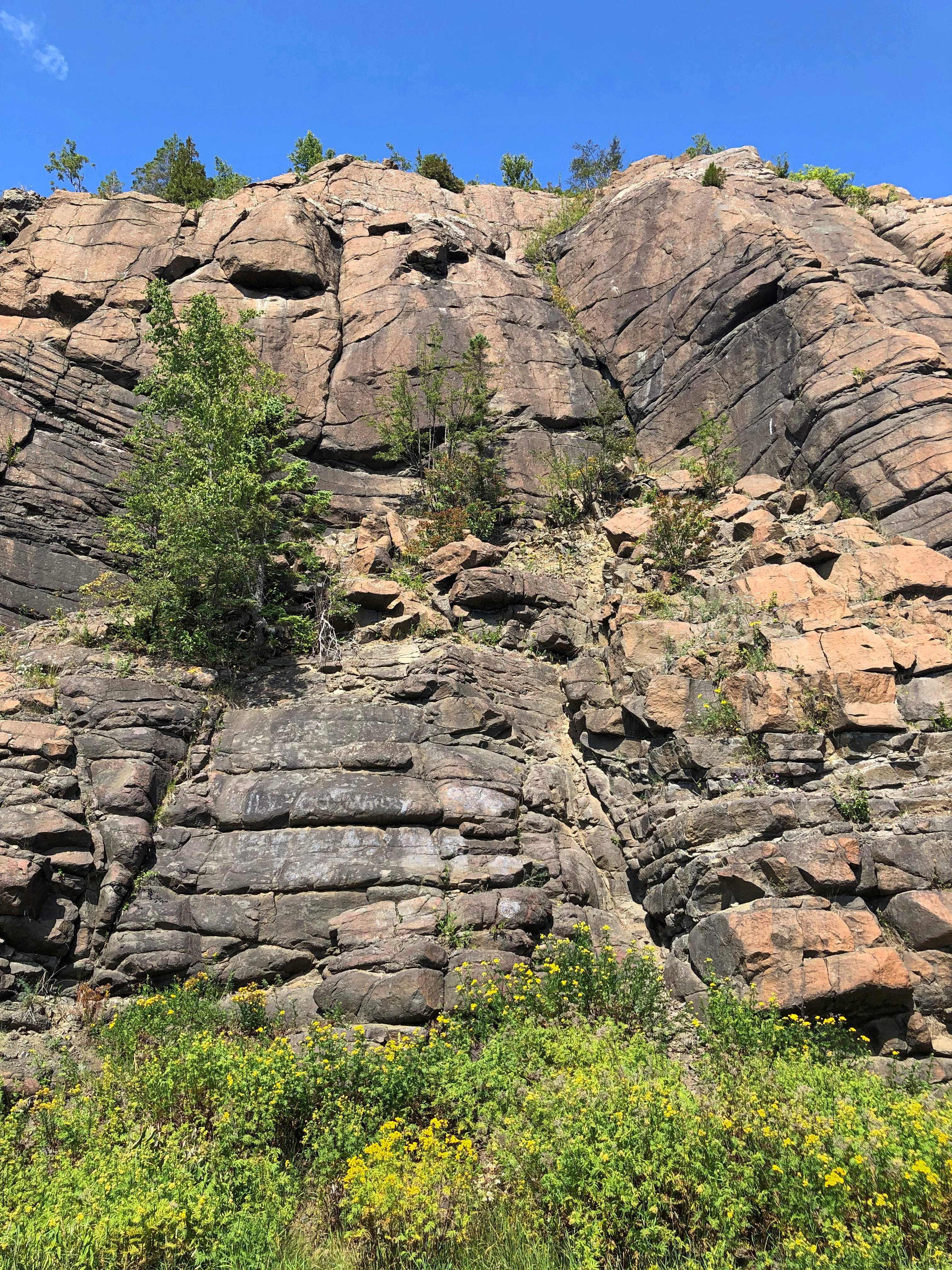



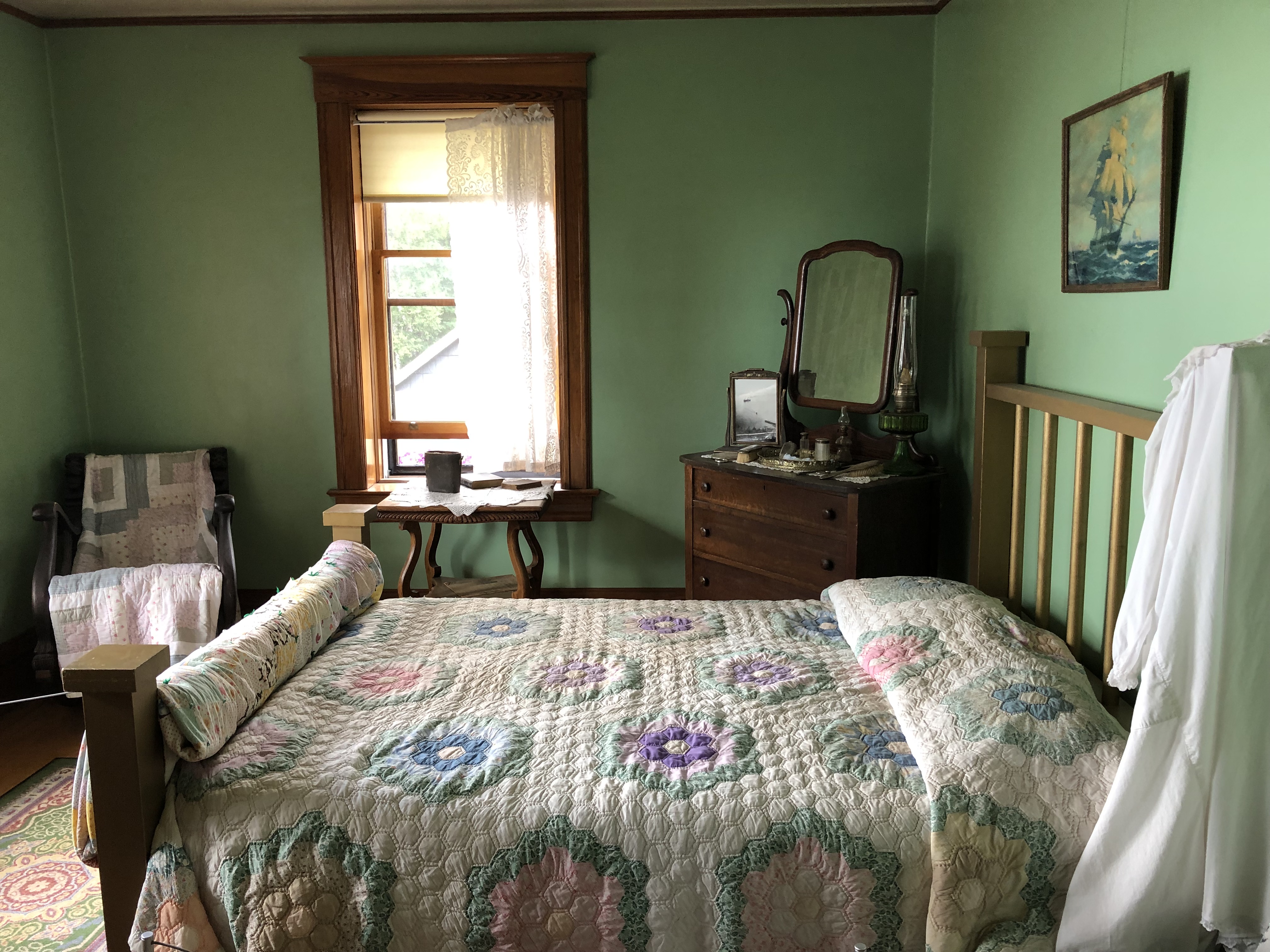
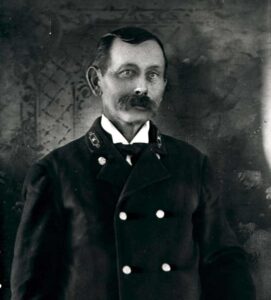
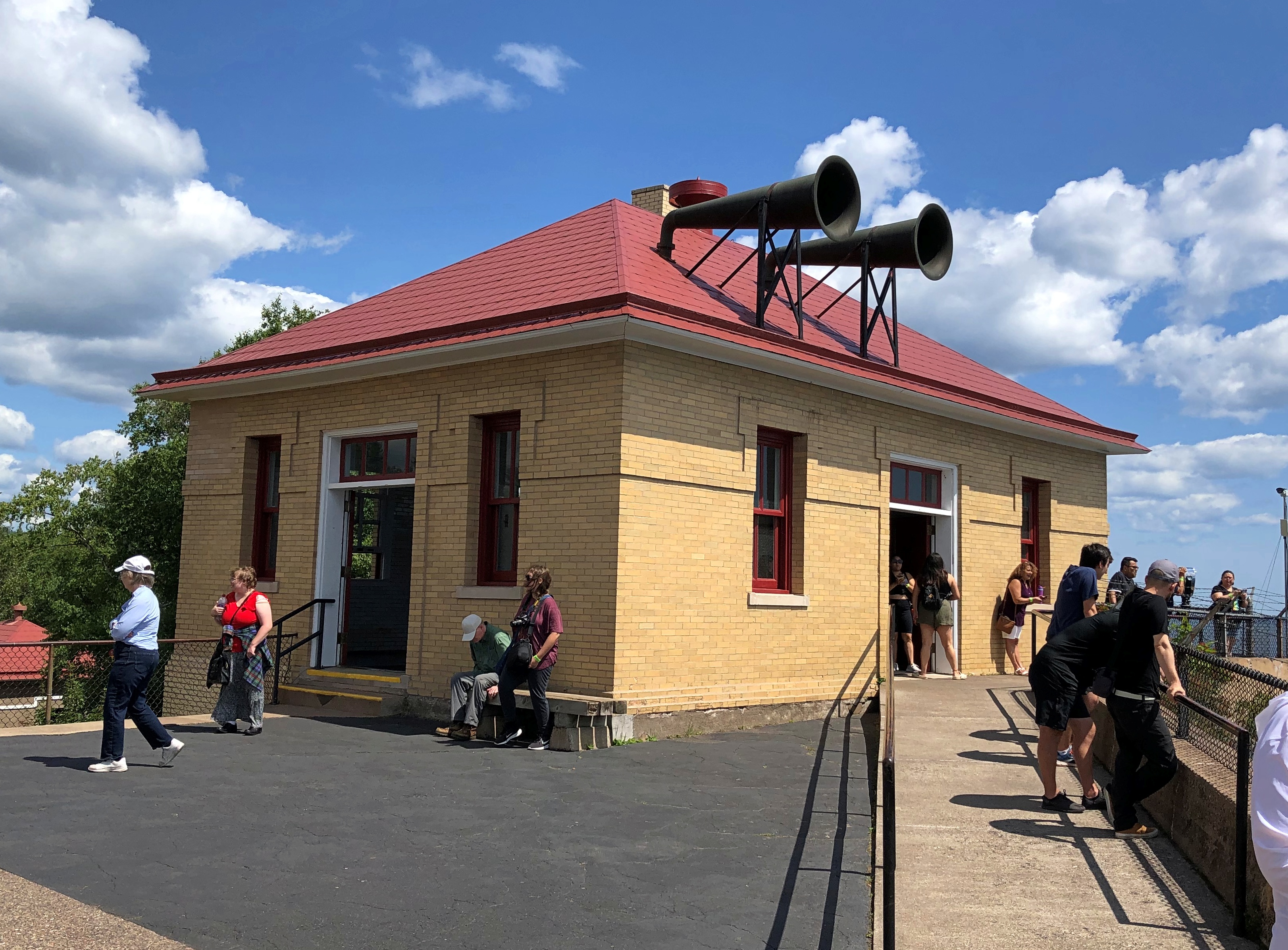
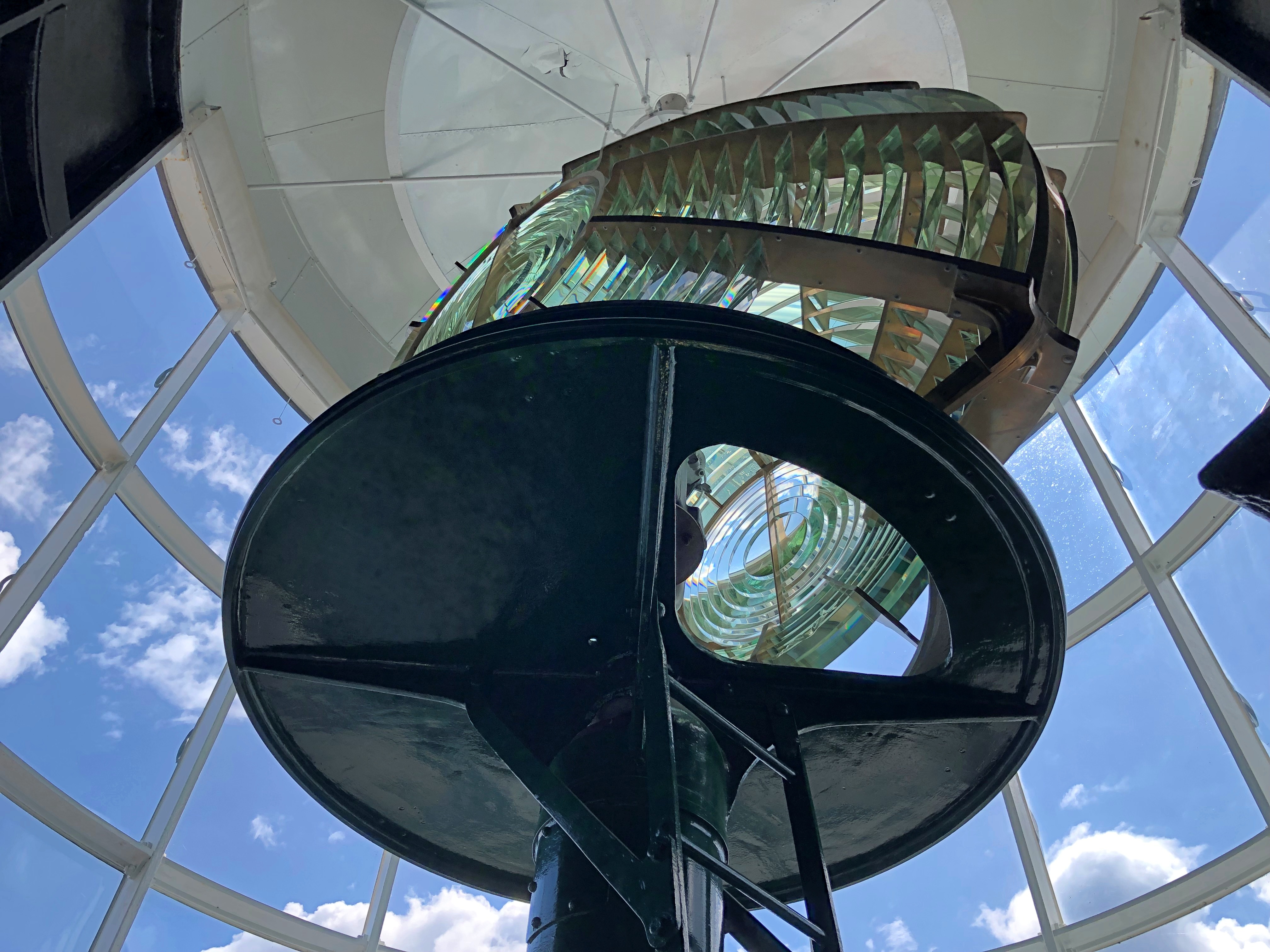
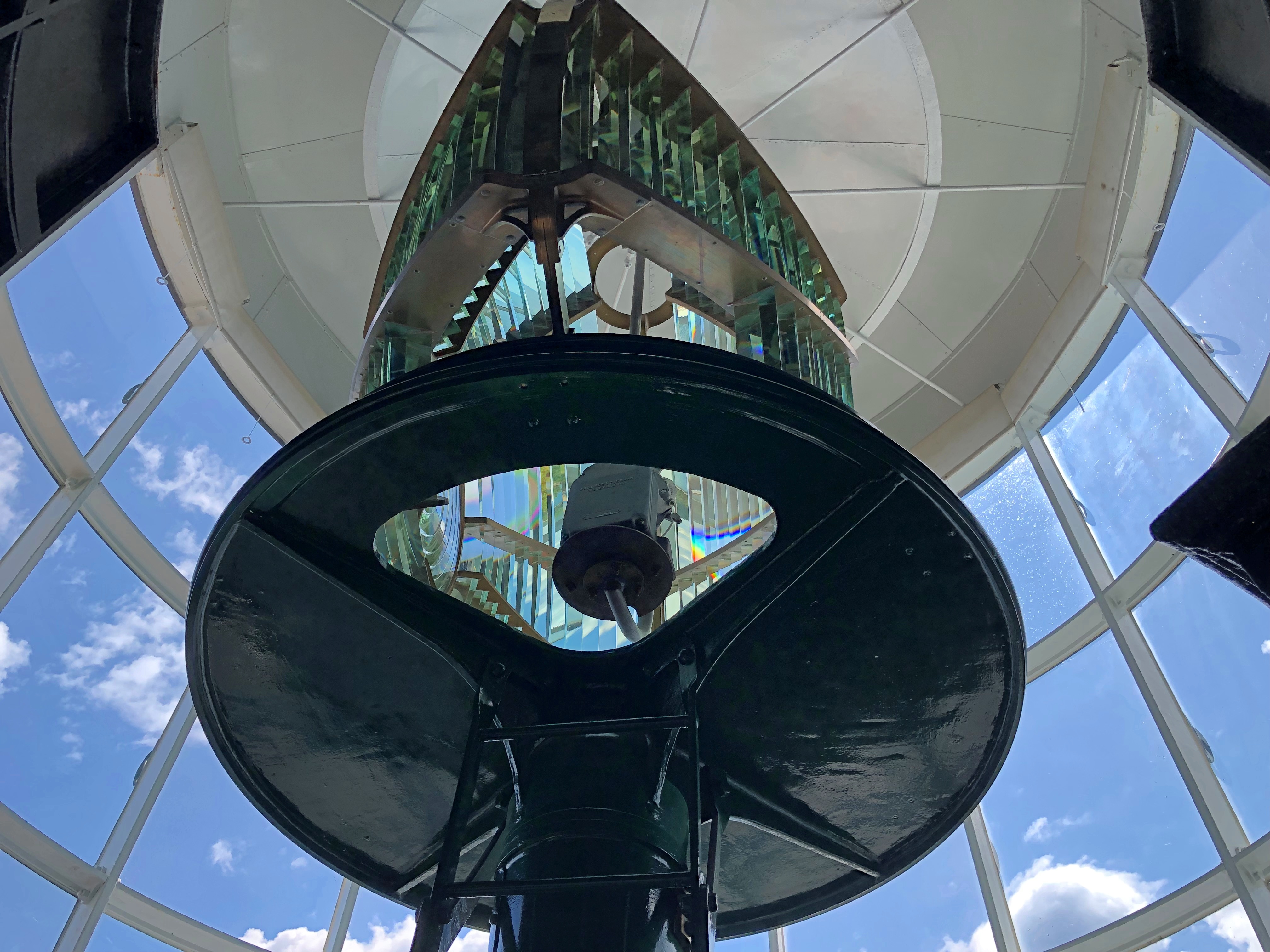
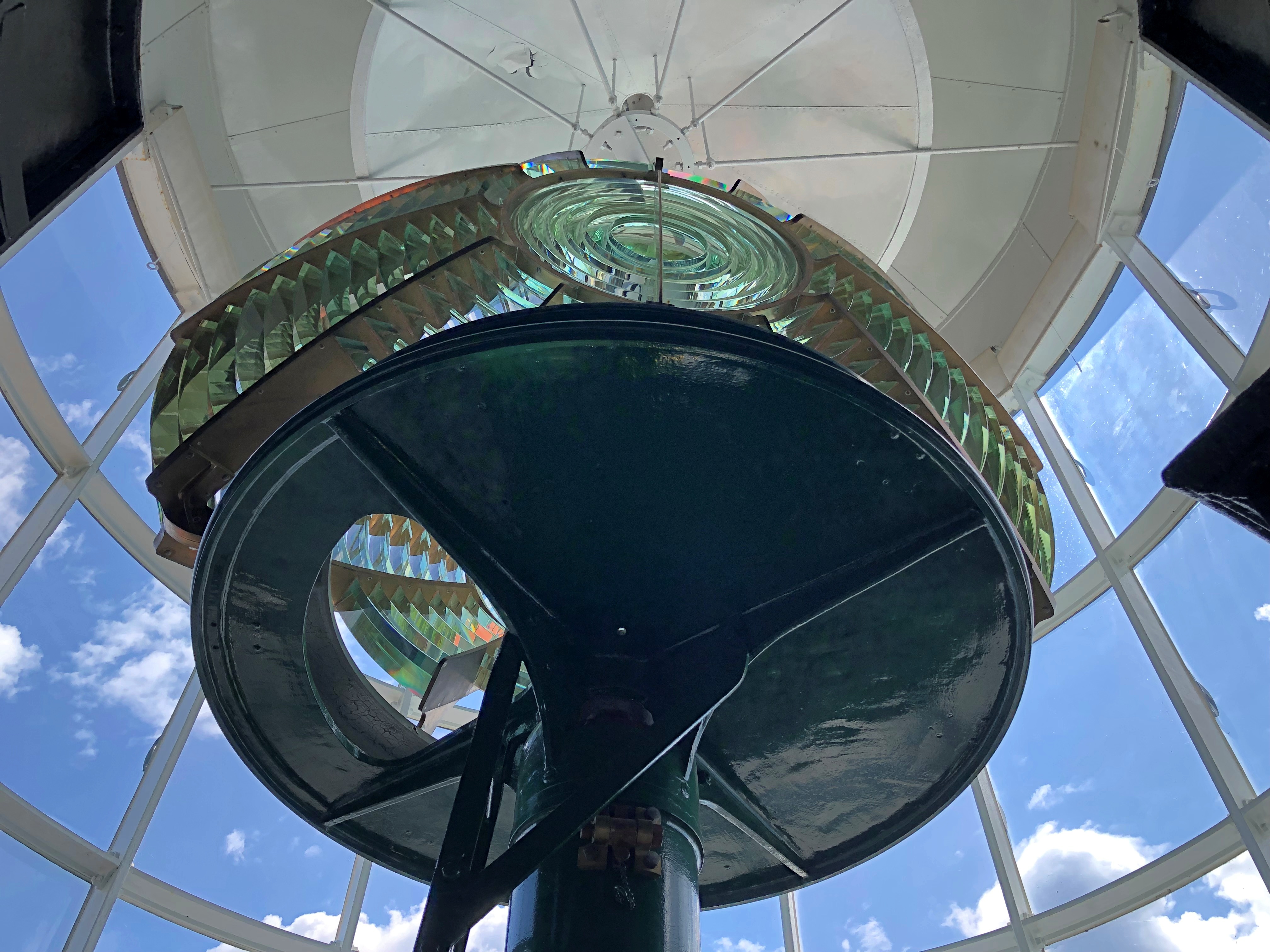
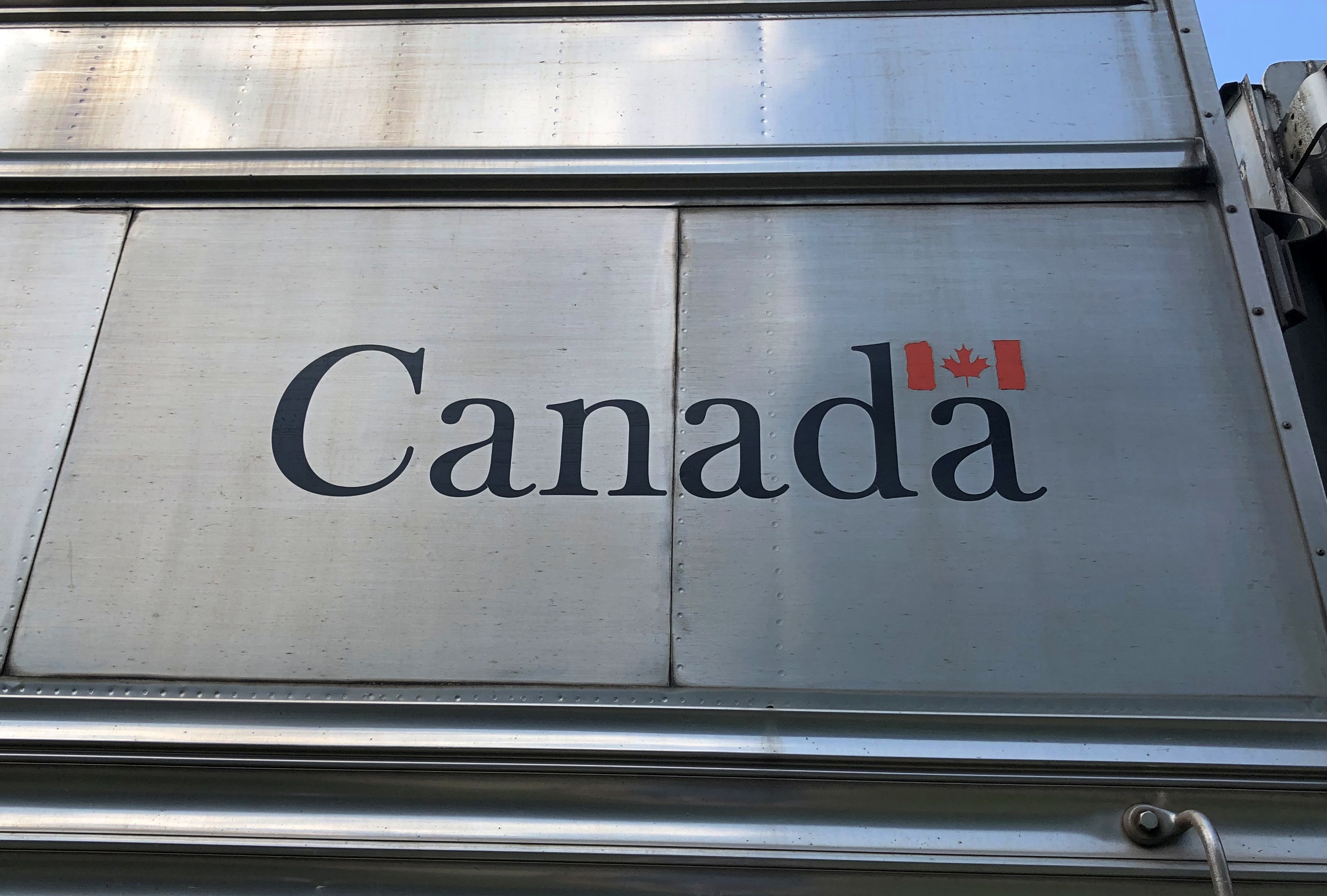
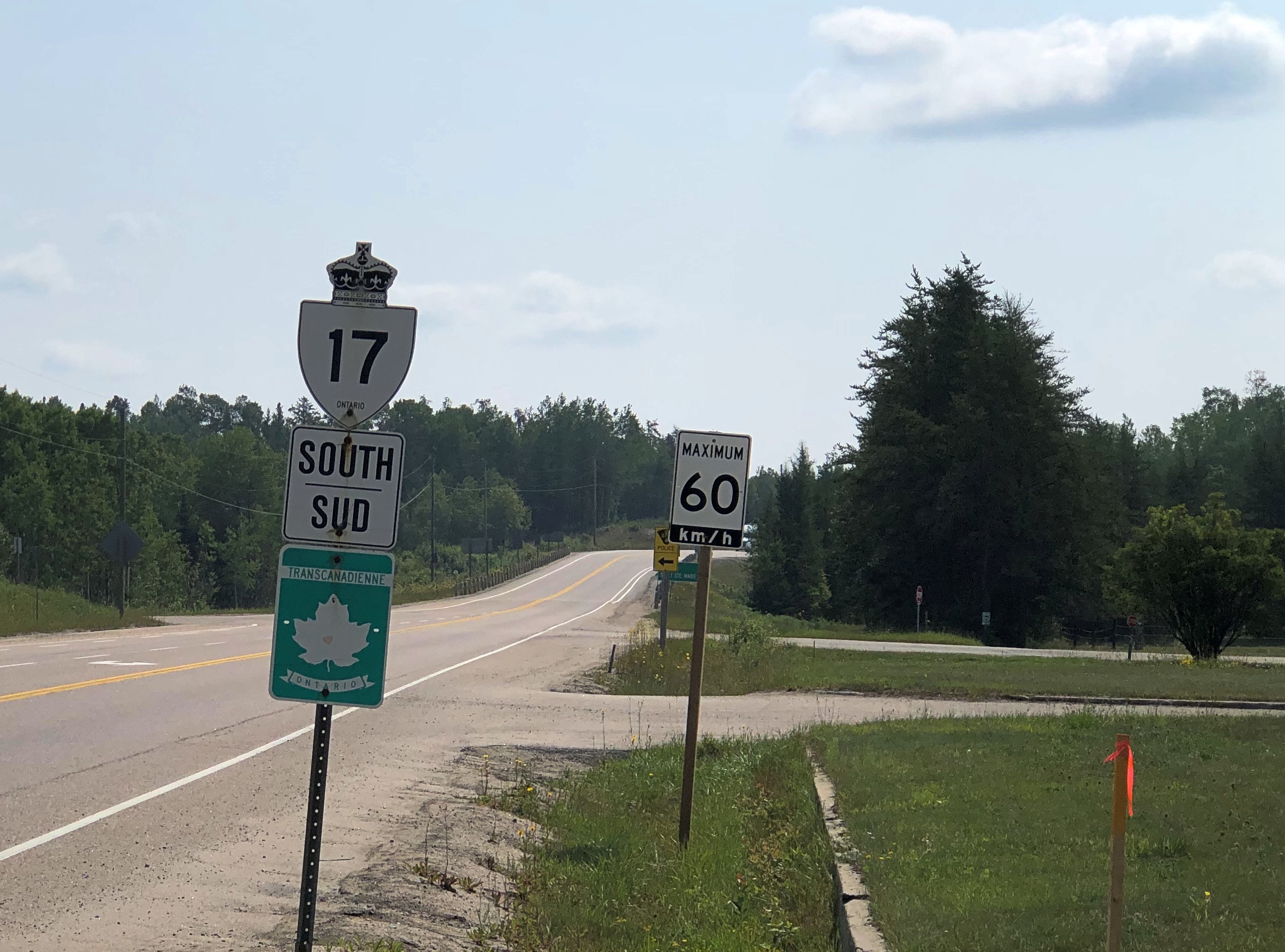
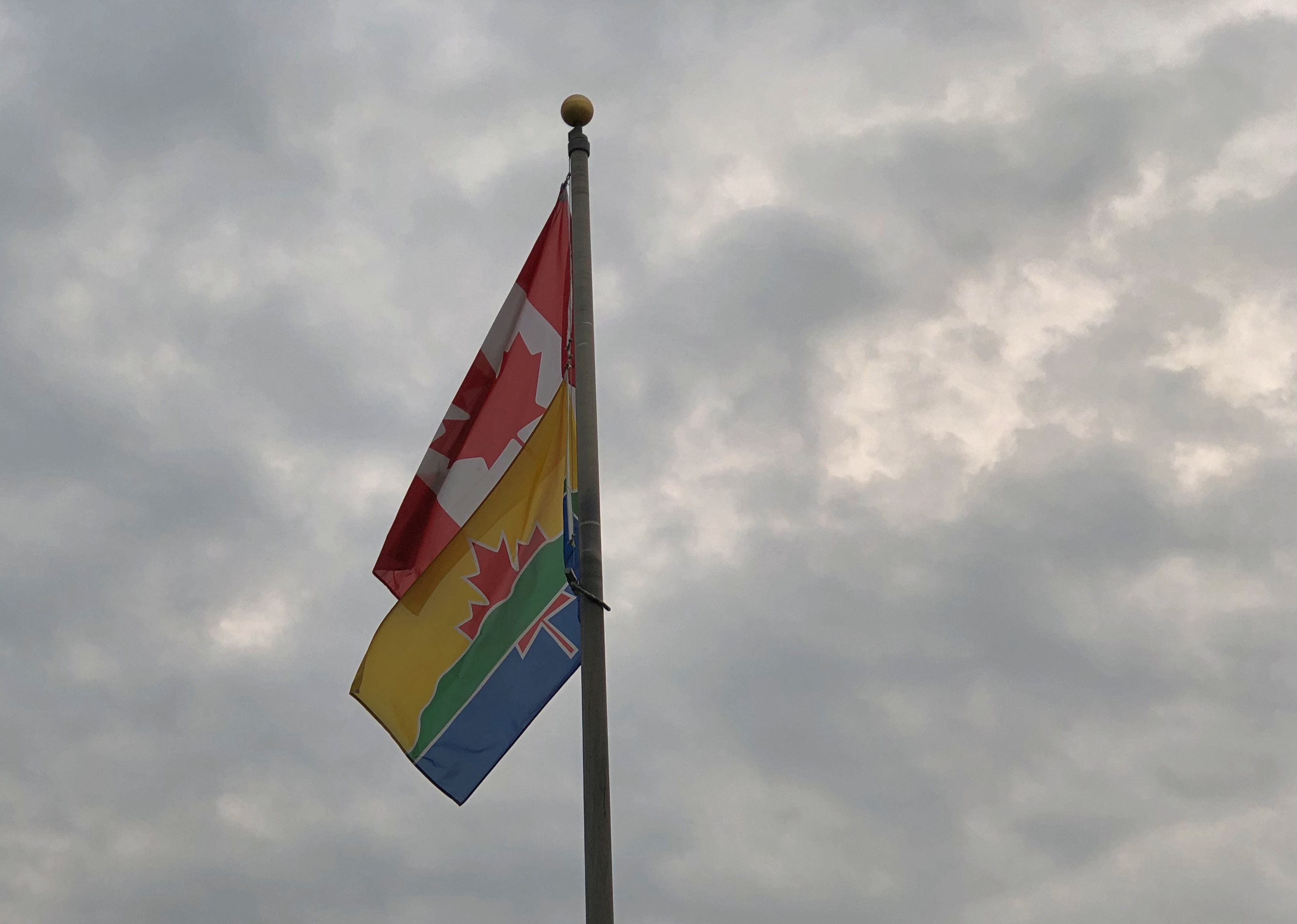
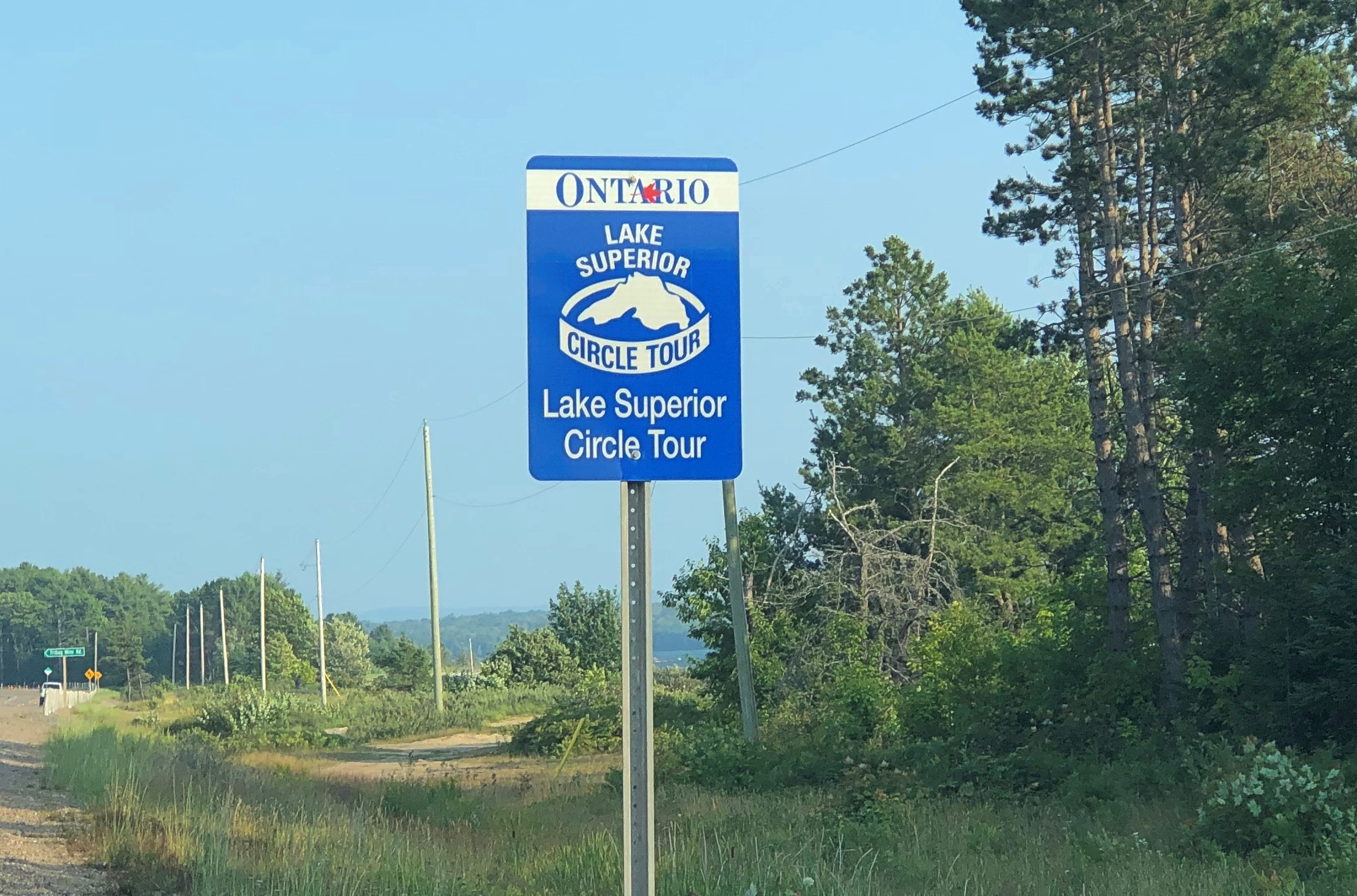
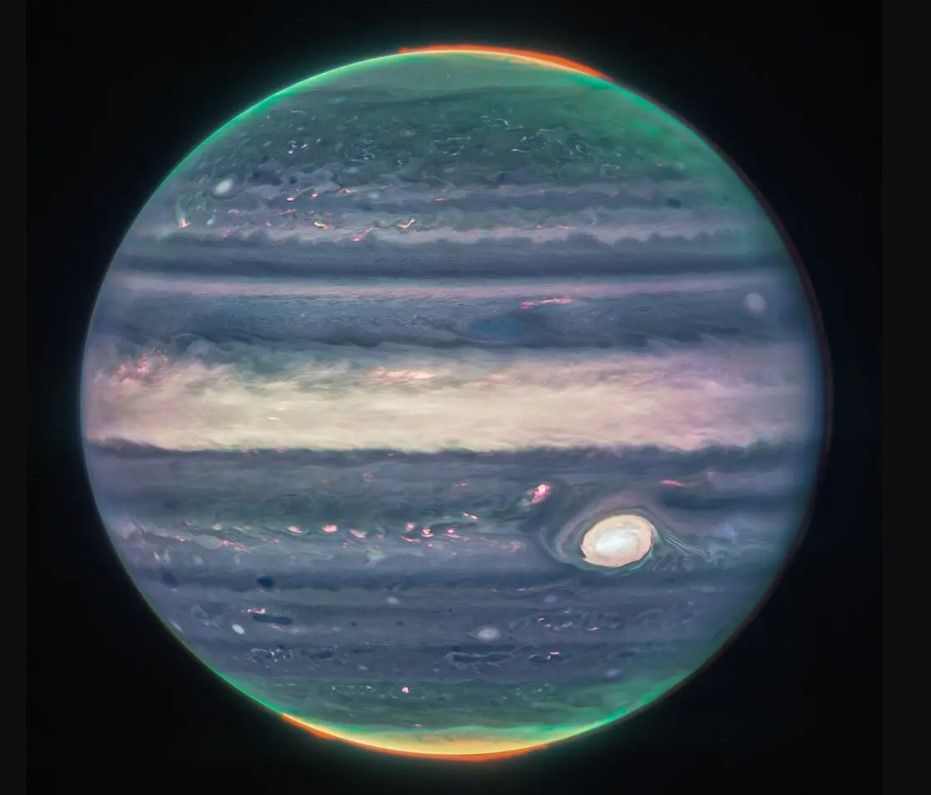


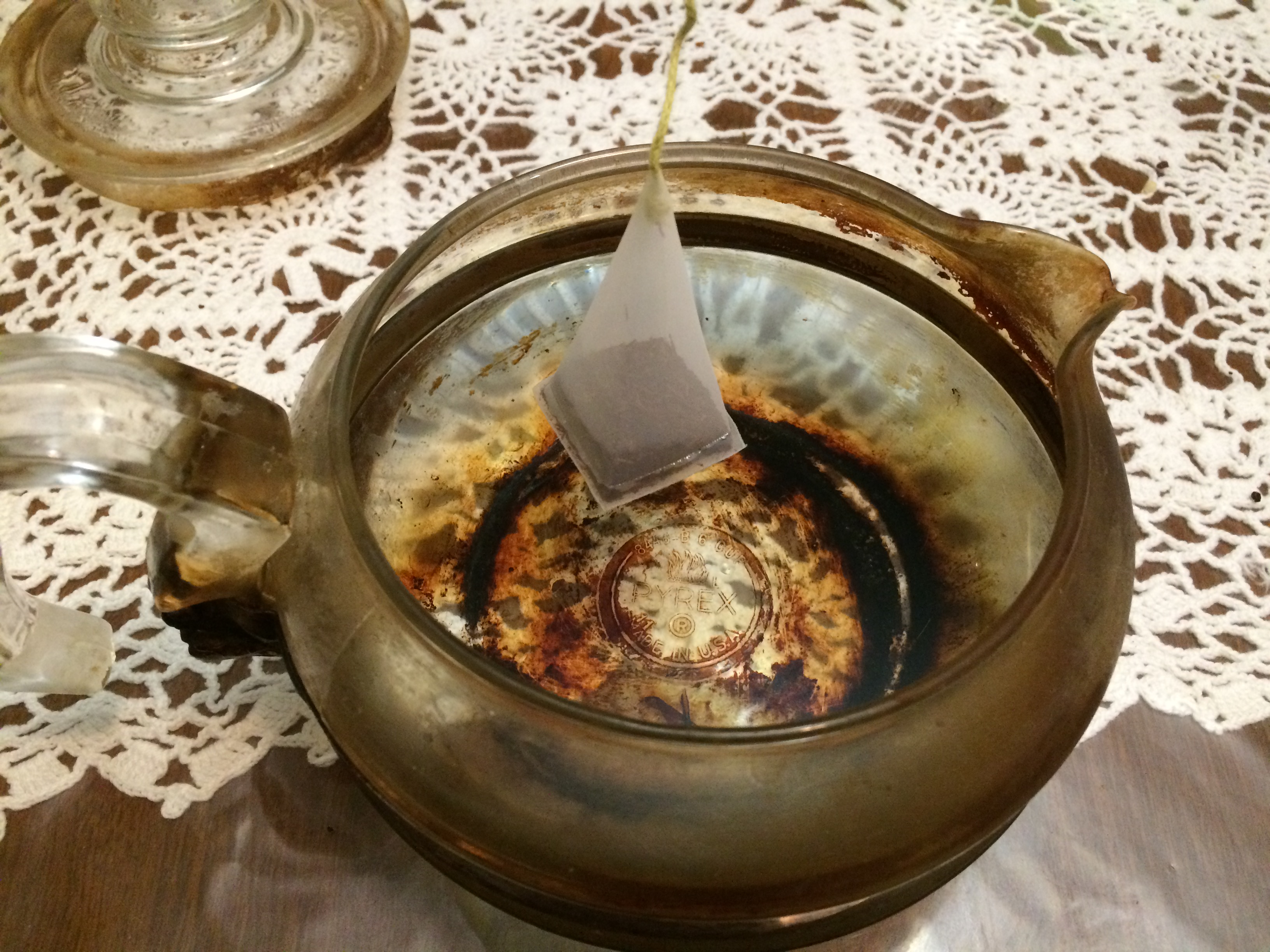
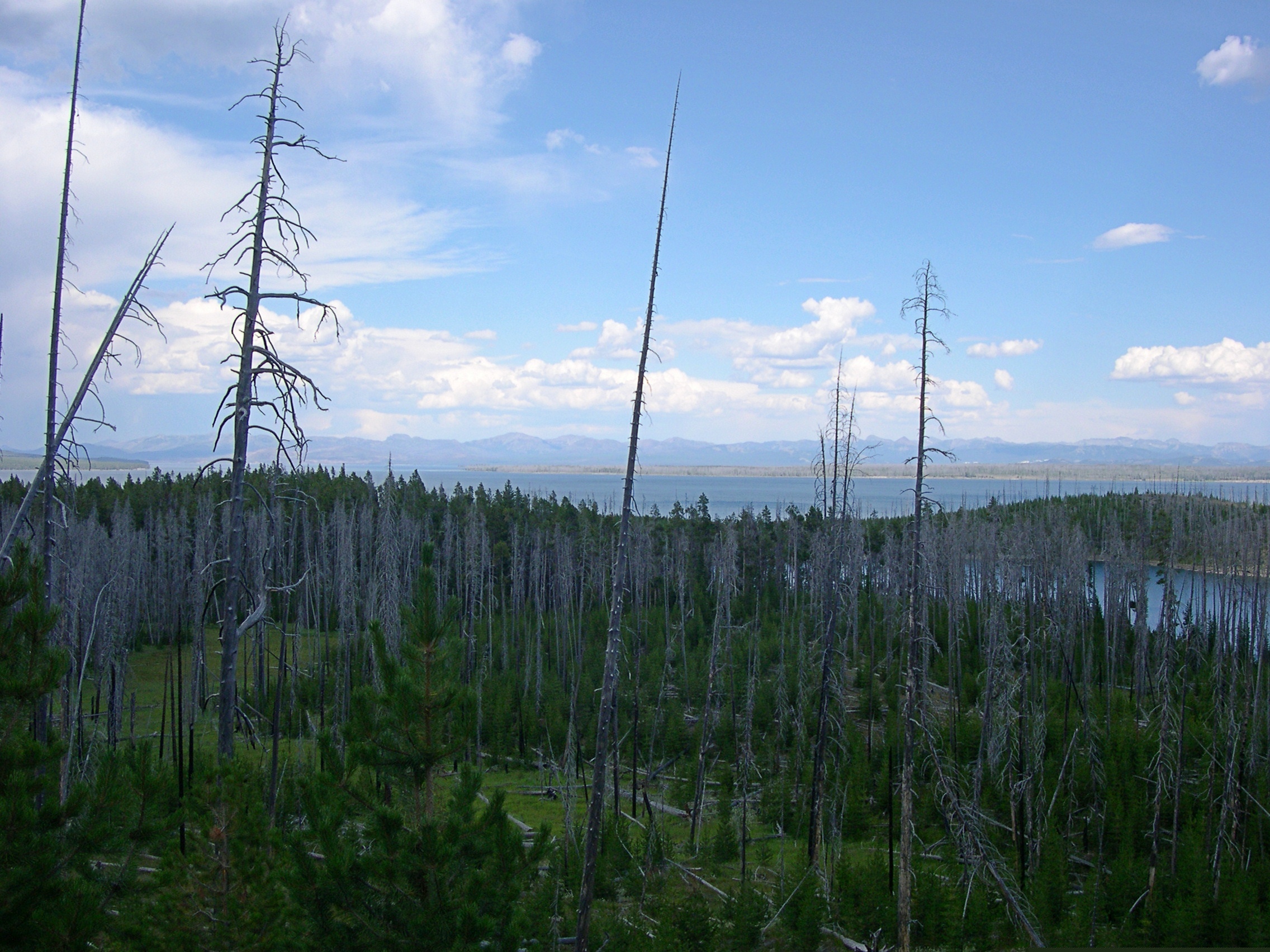
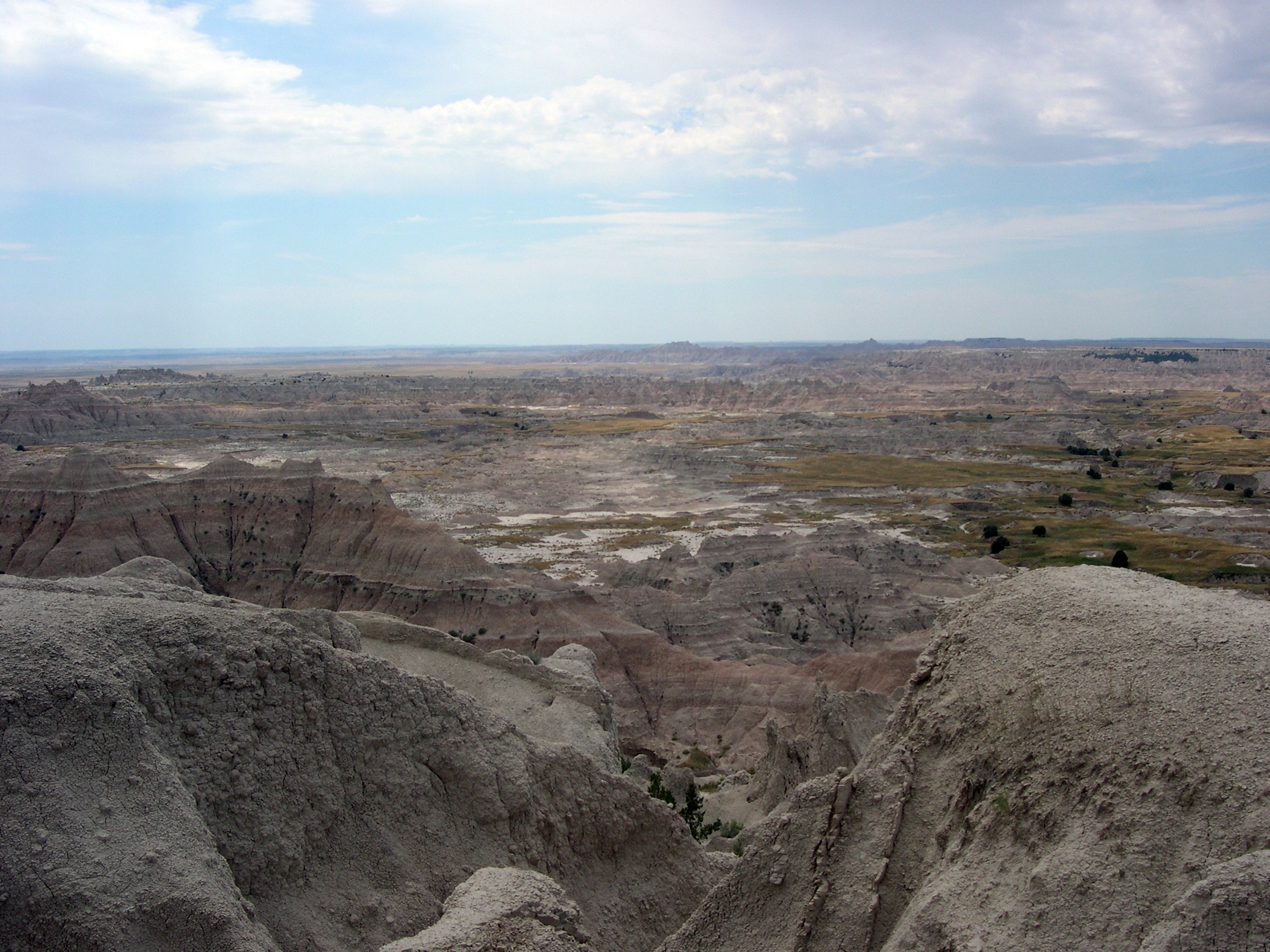
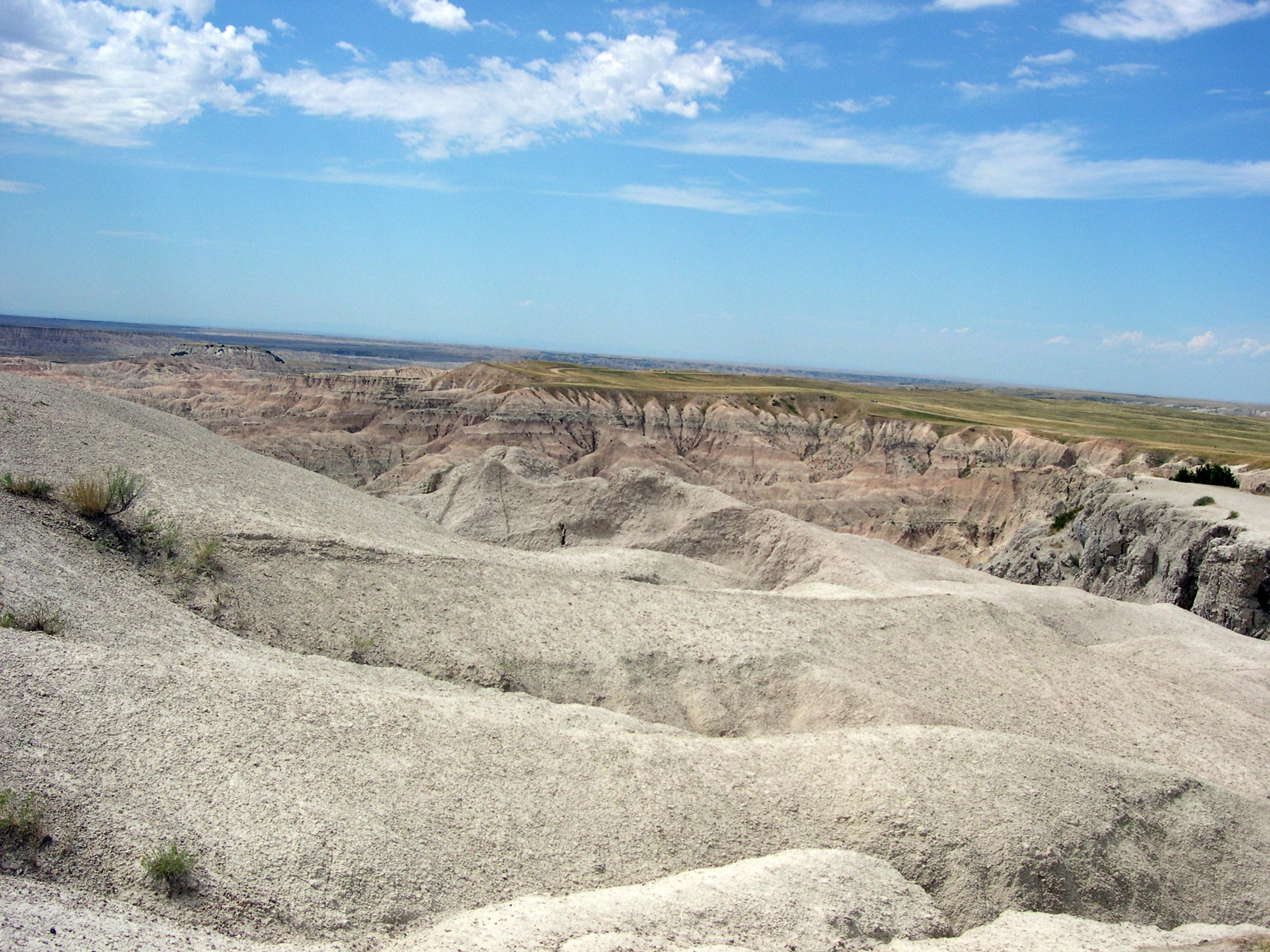
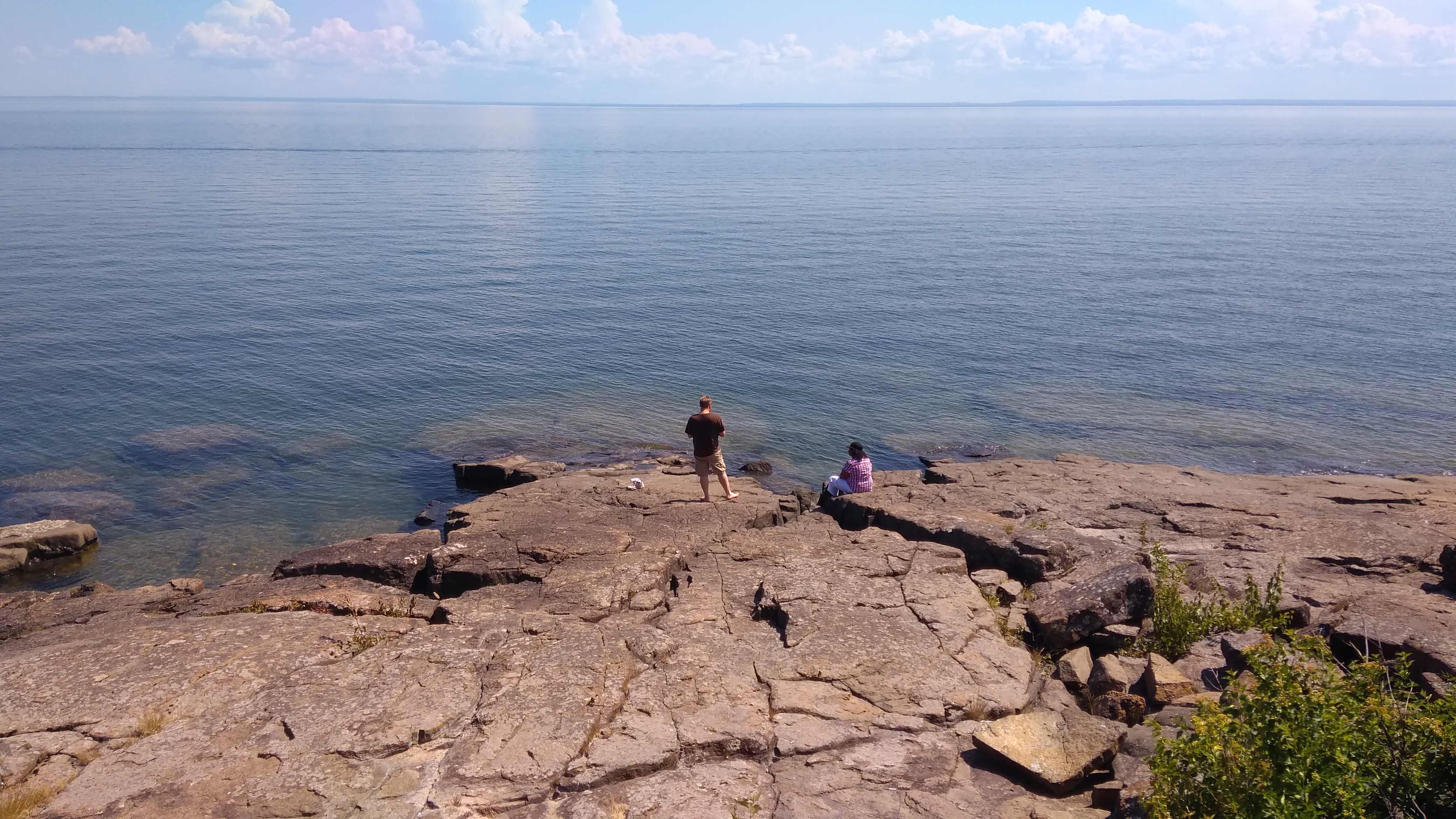
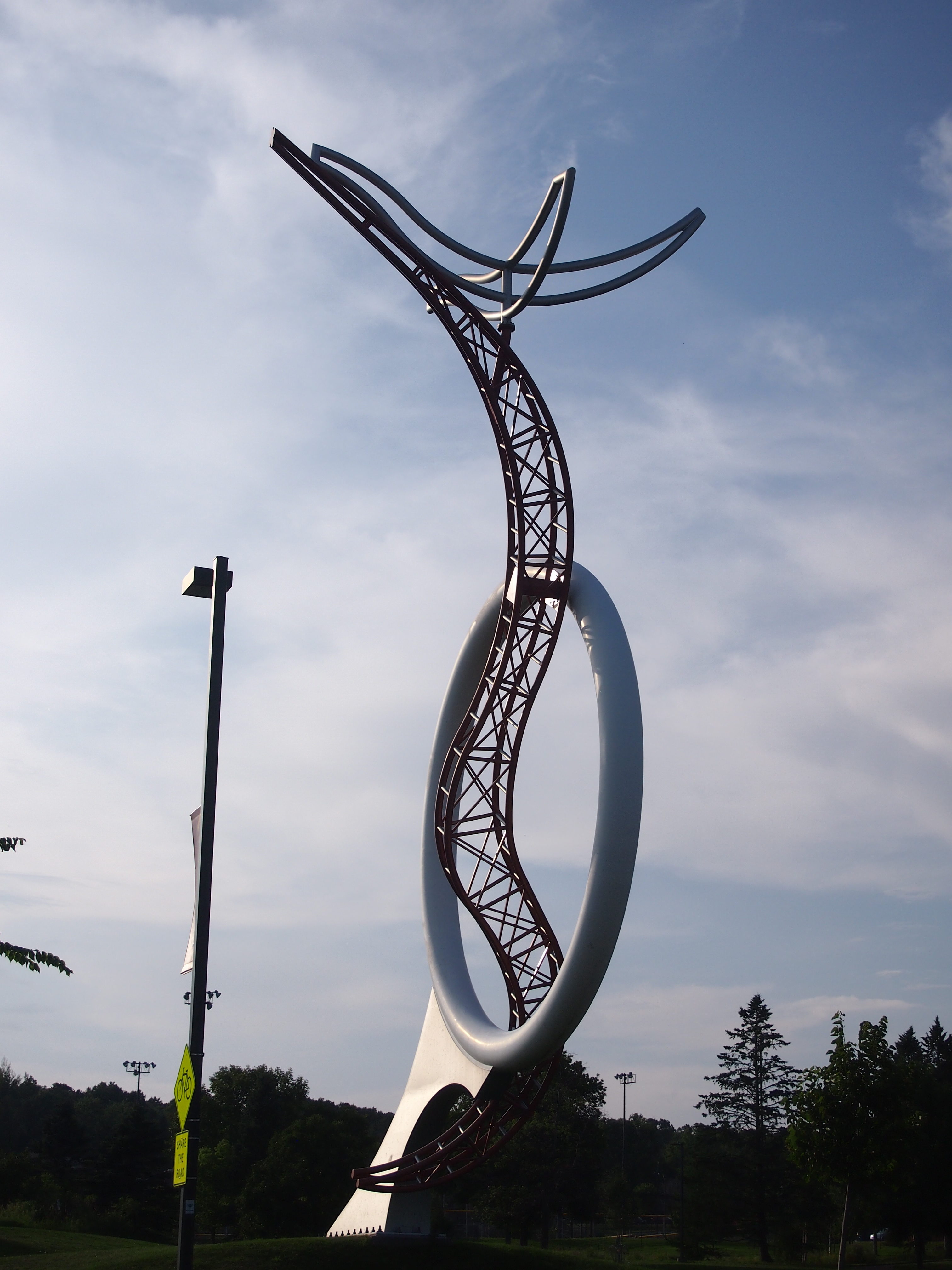
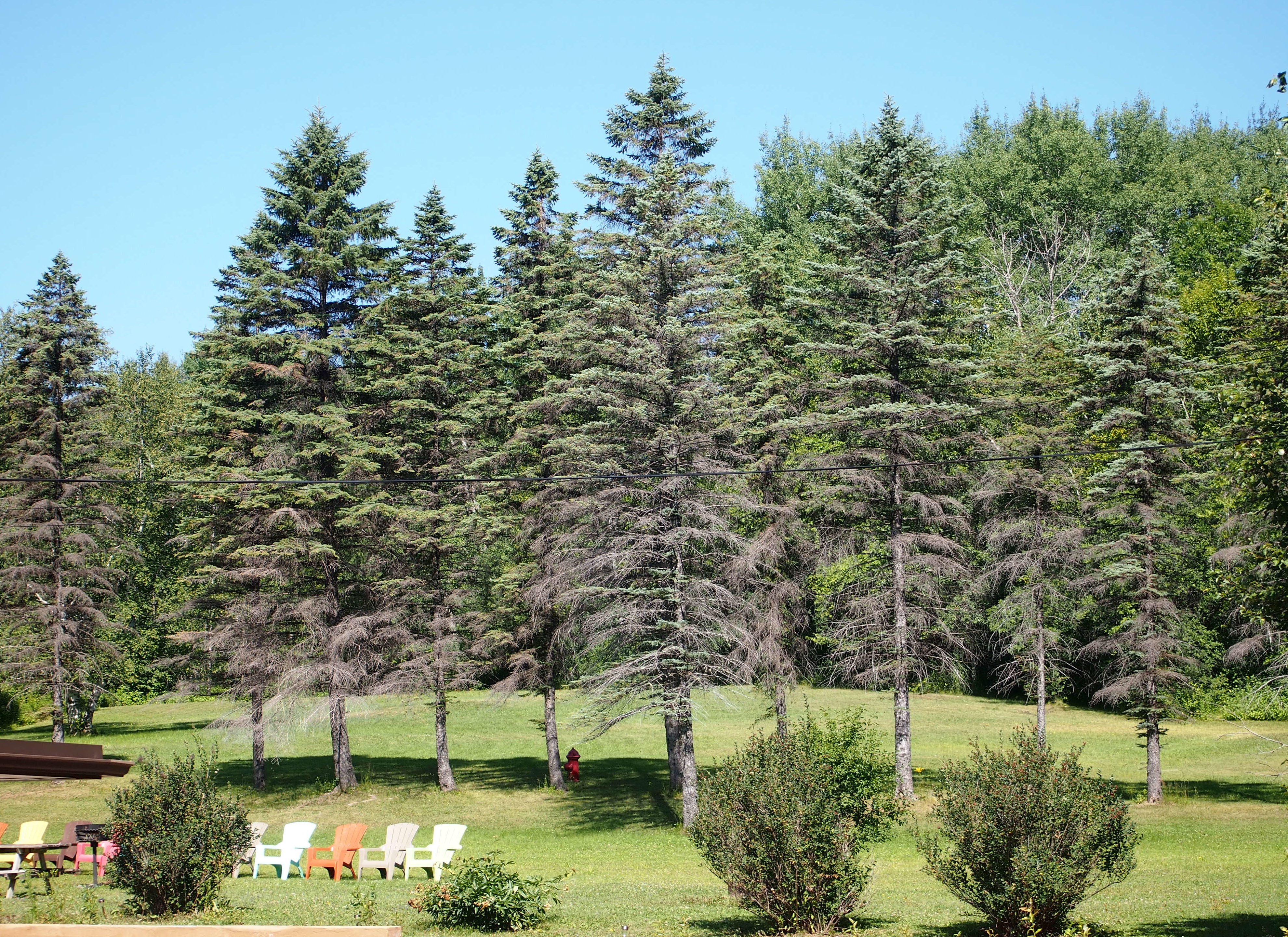
 Unfortunately, the church was closed.
Unfortunately, the church was closed.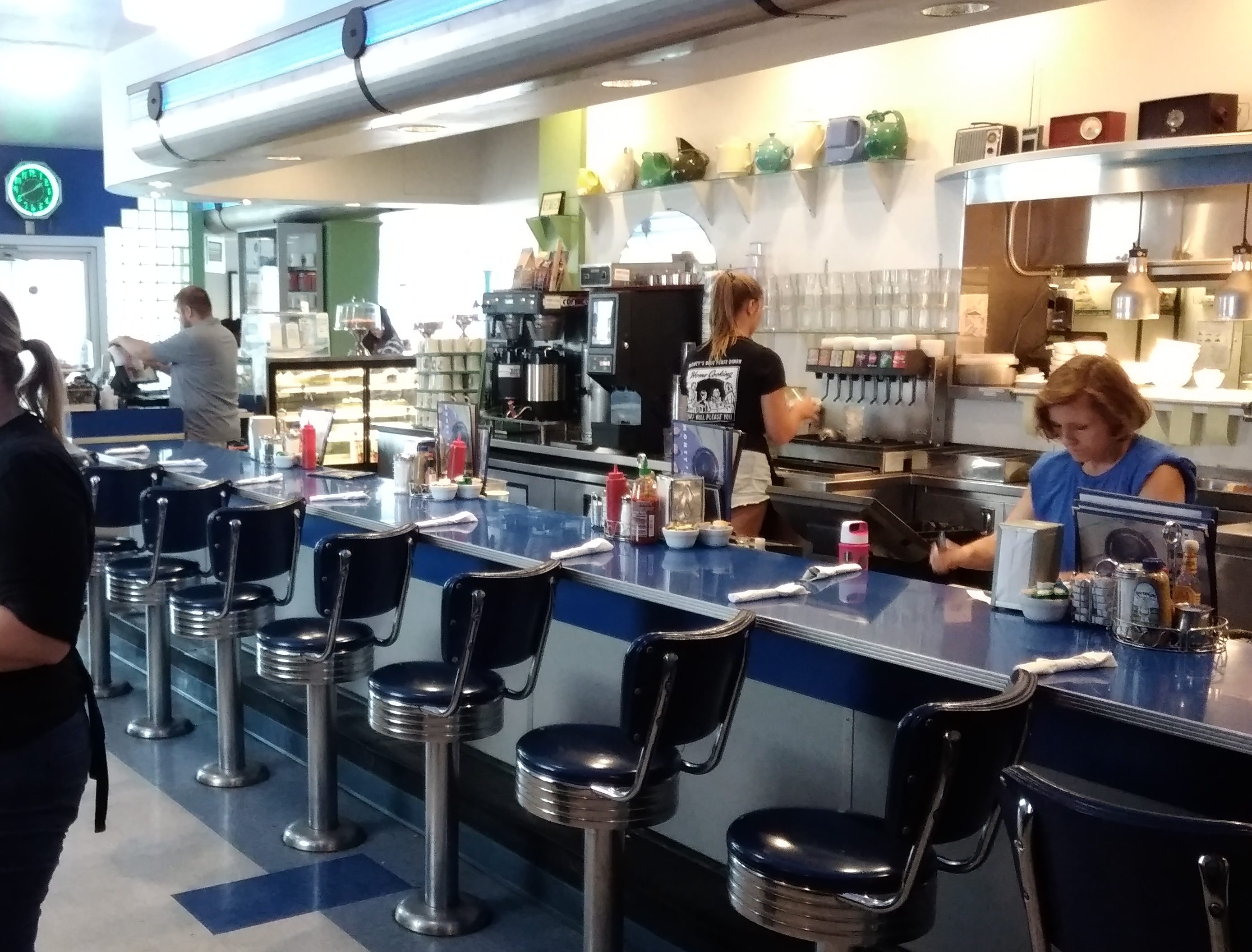
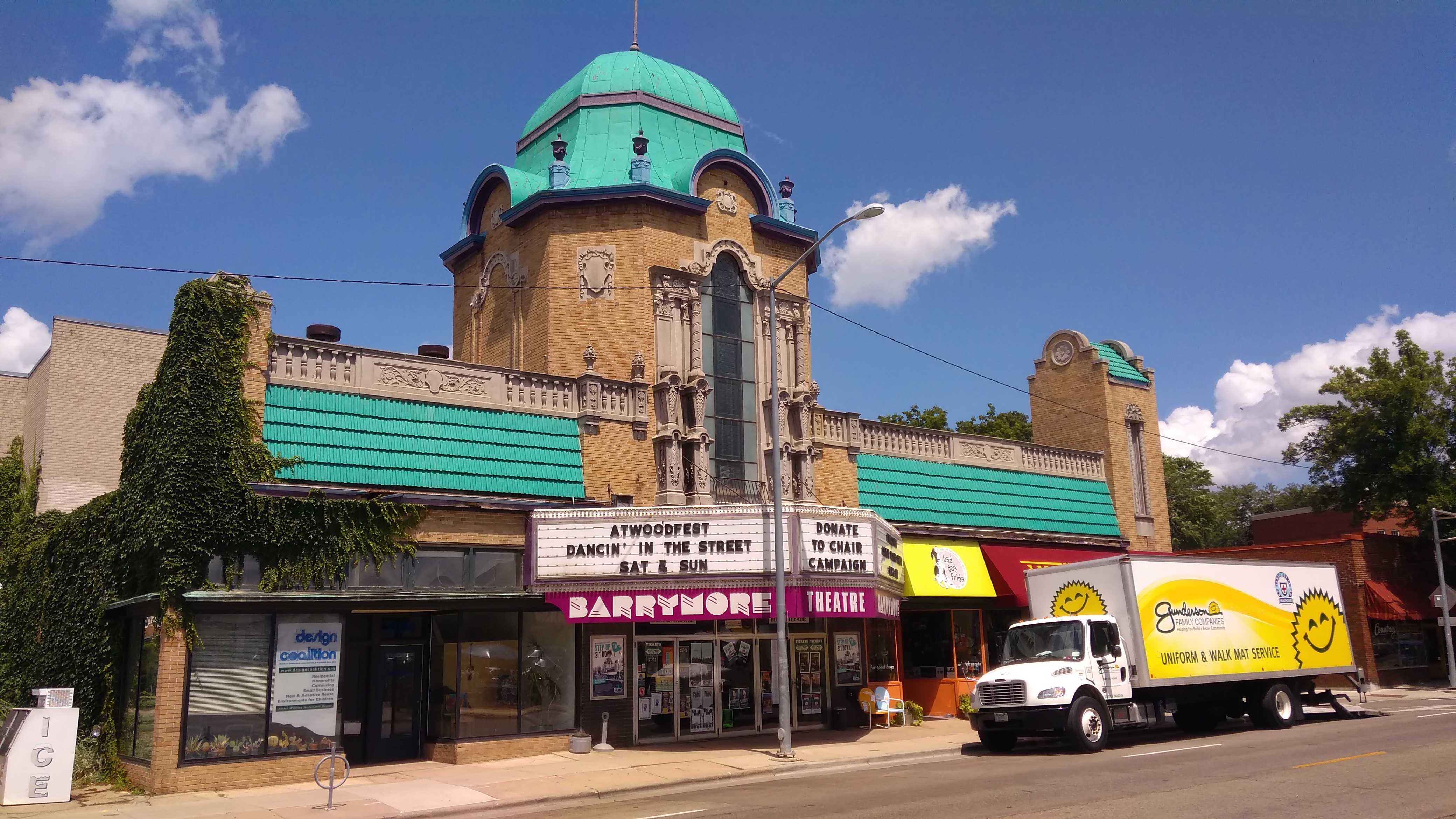

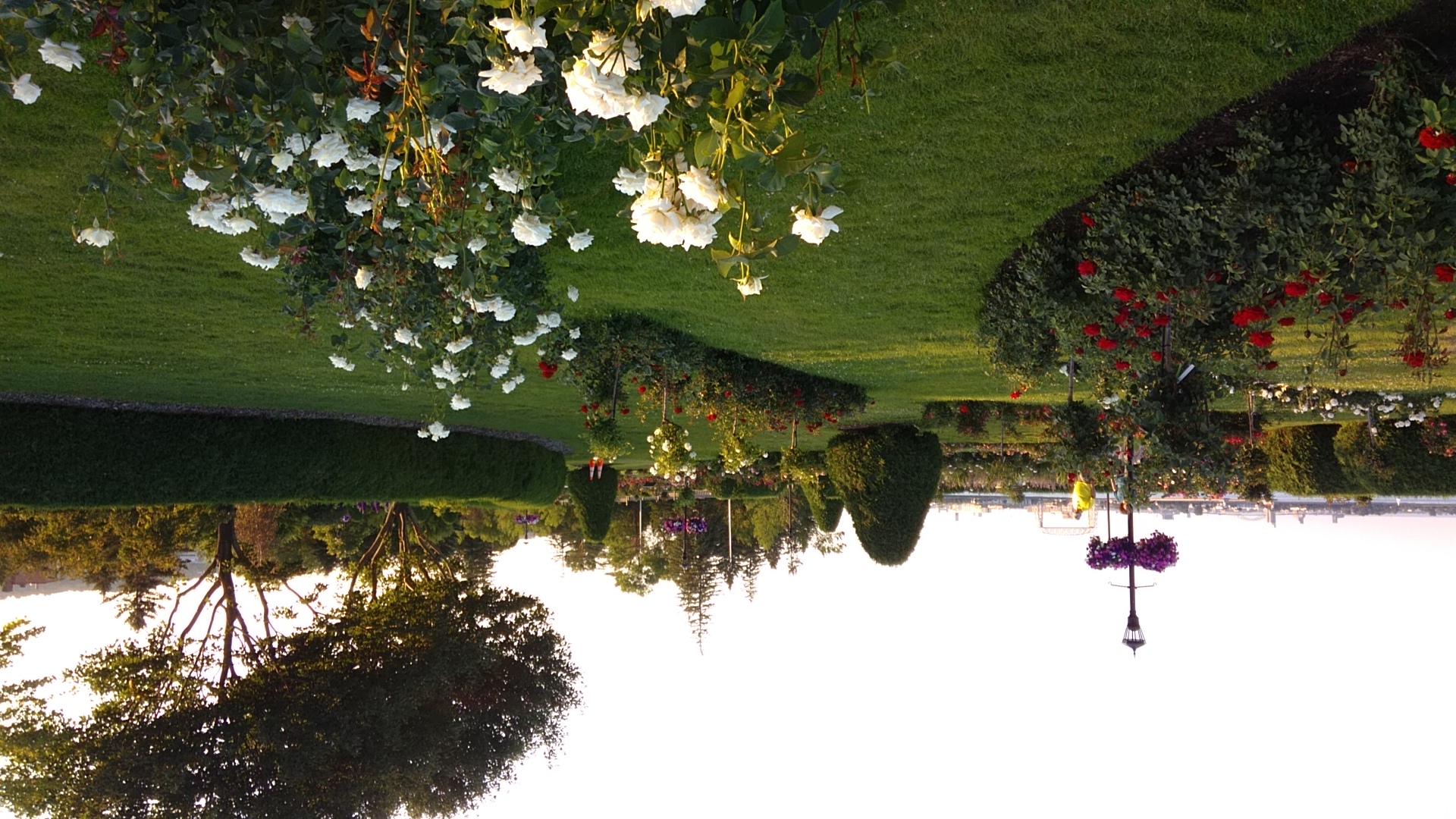

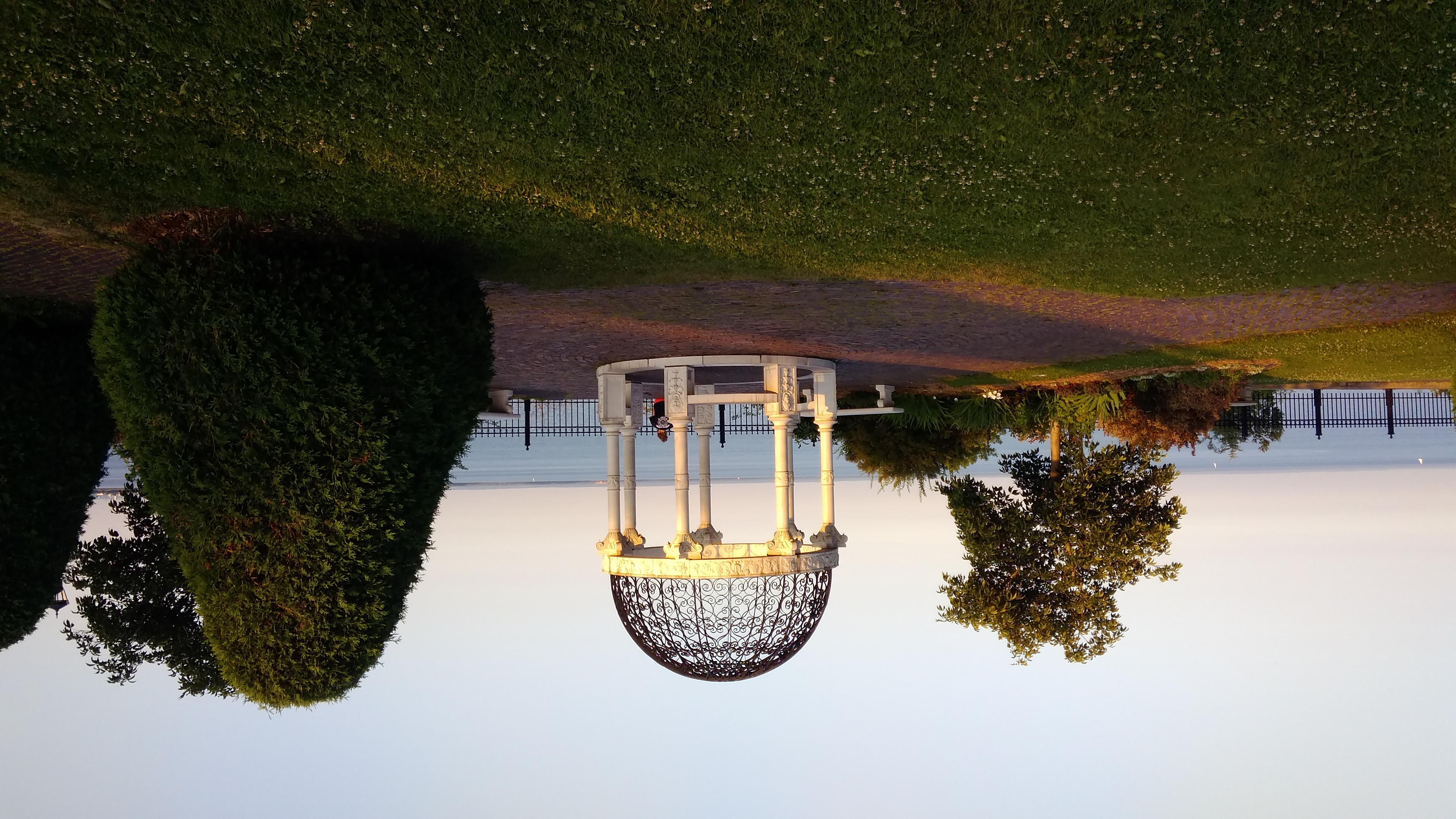 Good to see the garden’s gazebo. It has a nice view of Lake Superior. That’s what this country needs, more public gazebos.
Good to see the garden’s gazebo. It has a nice view of Lake Superior. That’s what this country needs, more public gazebos.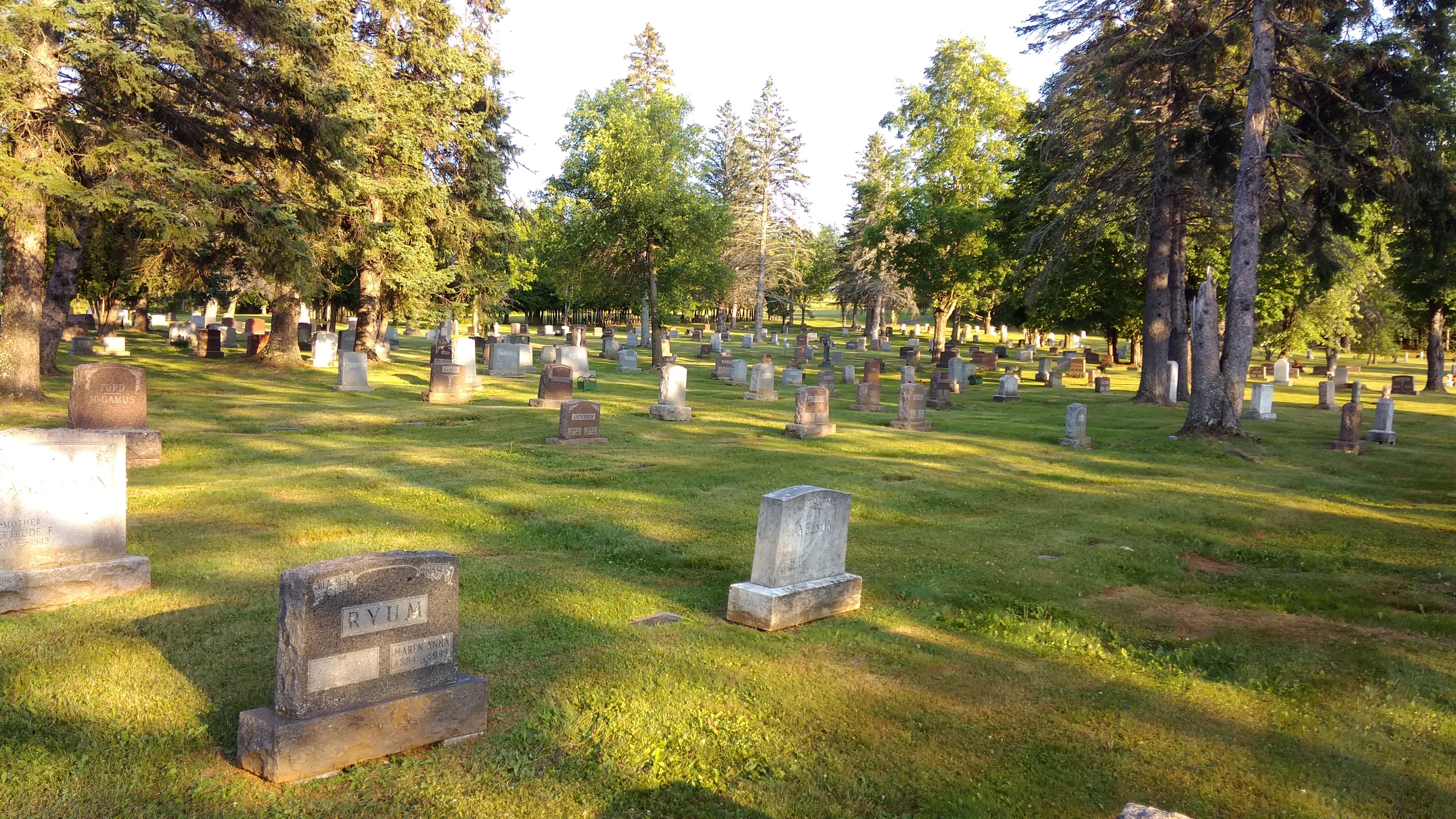
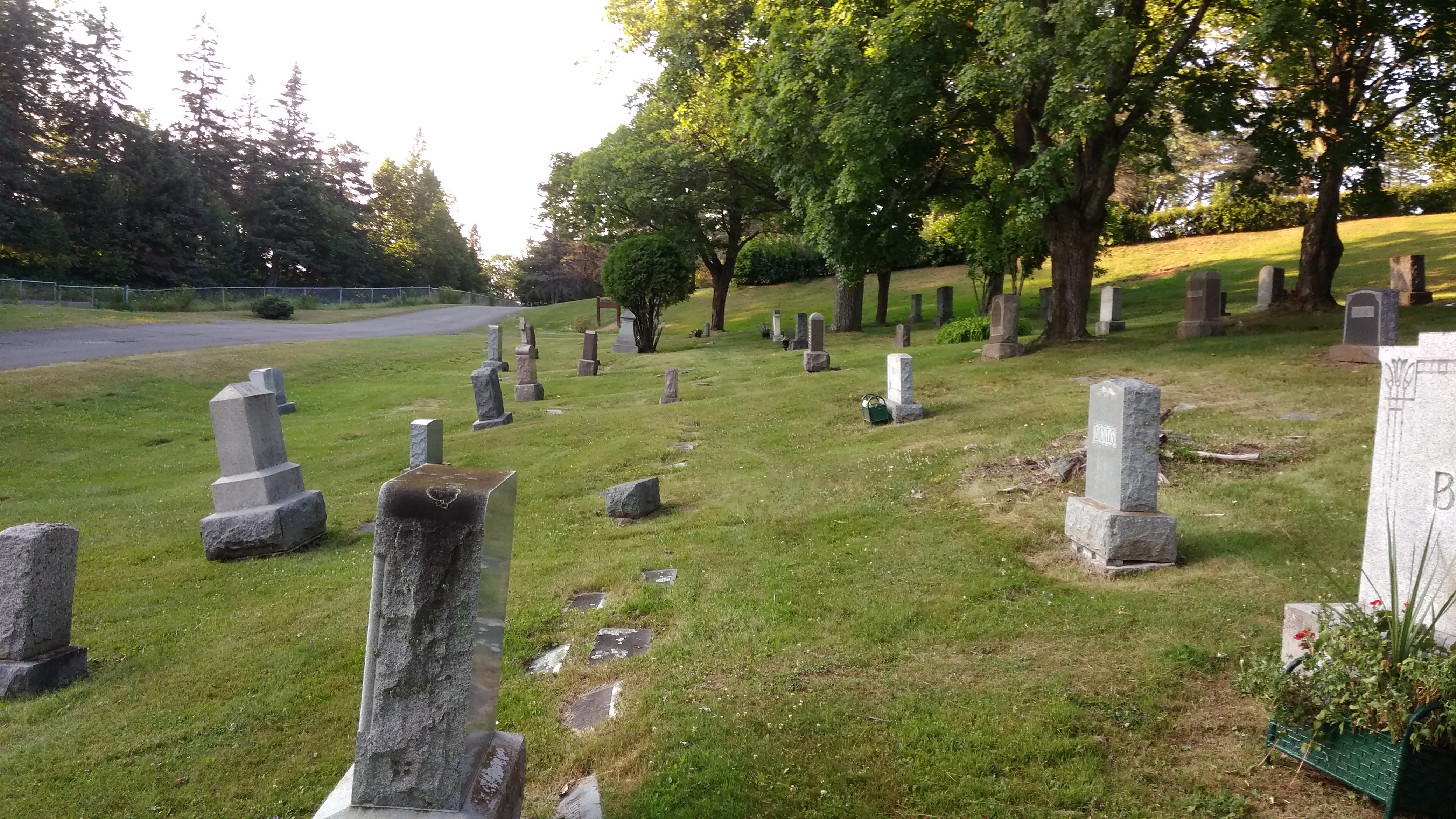

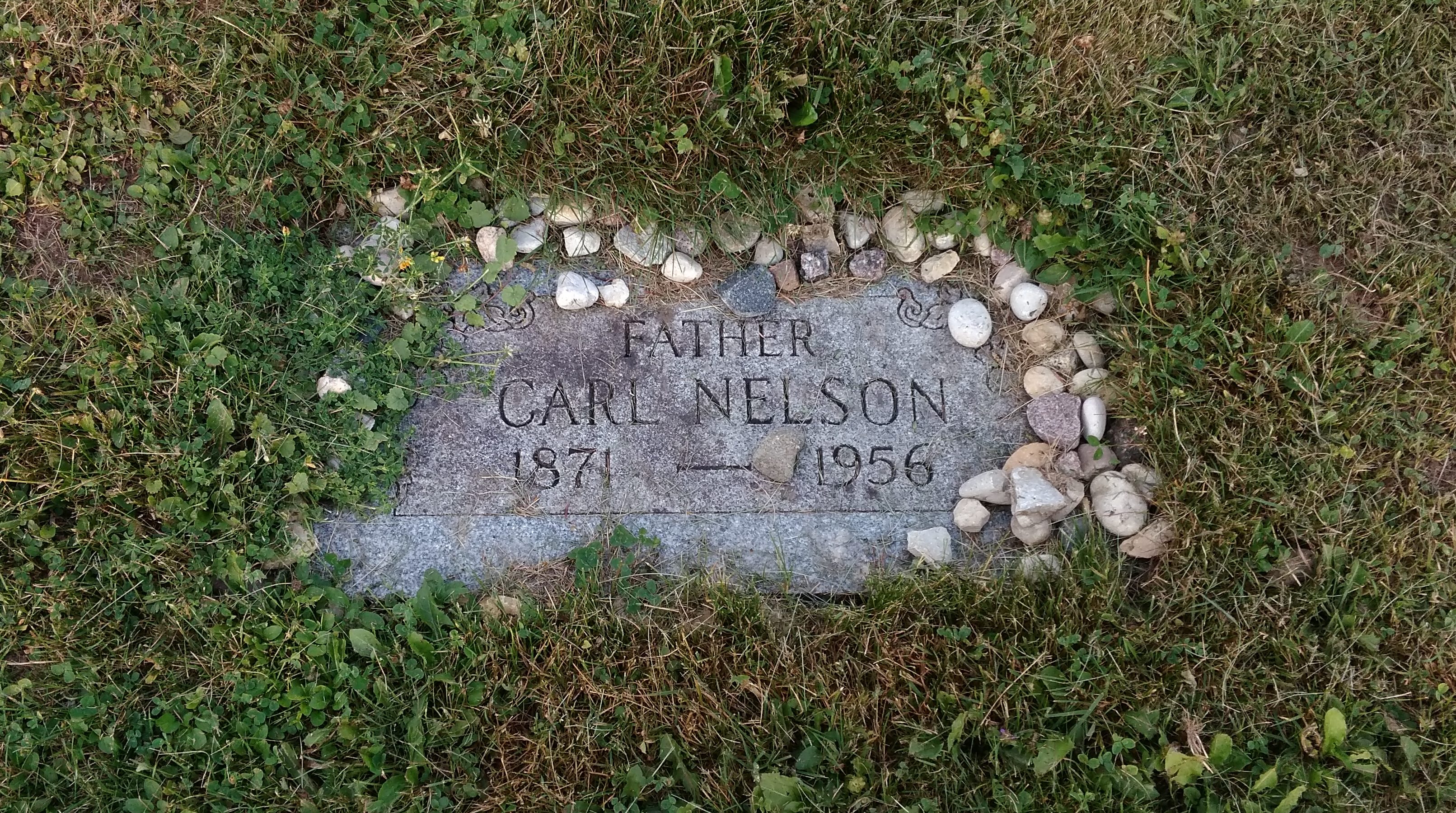 Nearby, Clarence R. Nelson has a fair number of stones as well. His headstone says he was a sergeant in WWII, with the only date given being Oct. 20, 1942, presumably his death.
Nearby, Clarence R. Nelson has a fair number of stones as well. His headstone says he was a sergeant in WWII, with the only date given being Oct. 20, 1942, presumably his death.